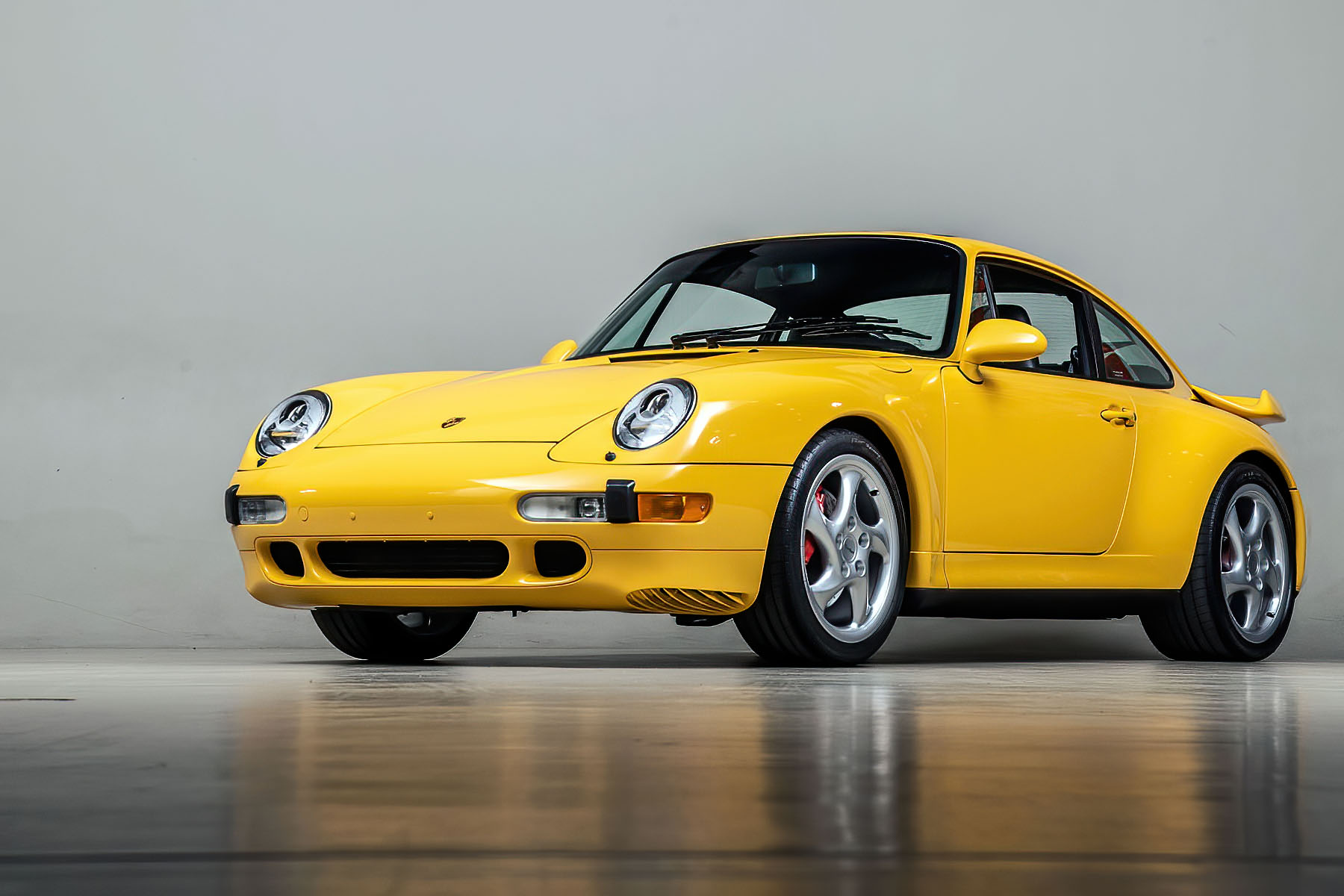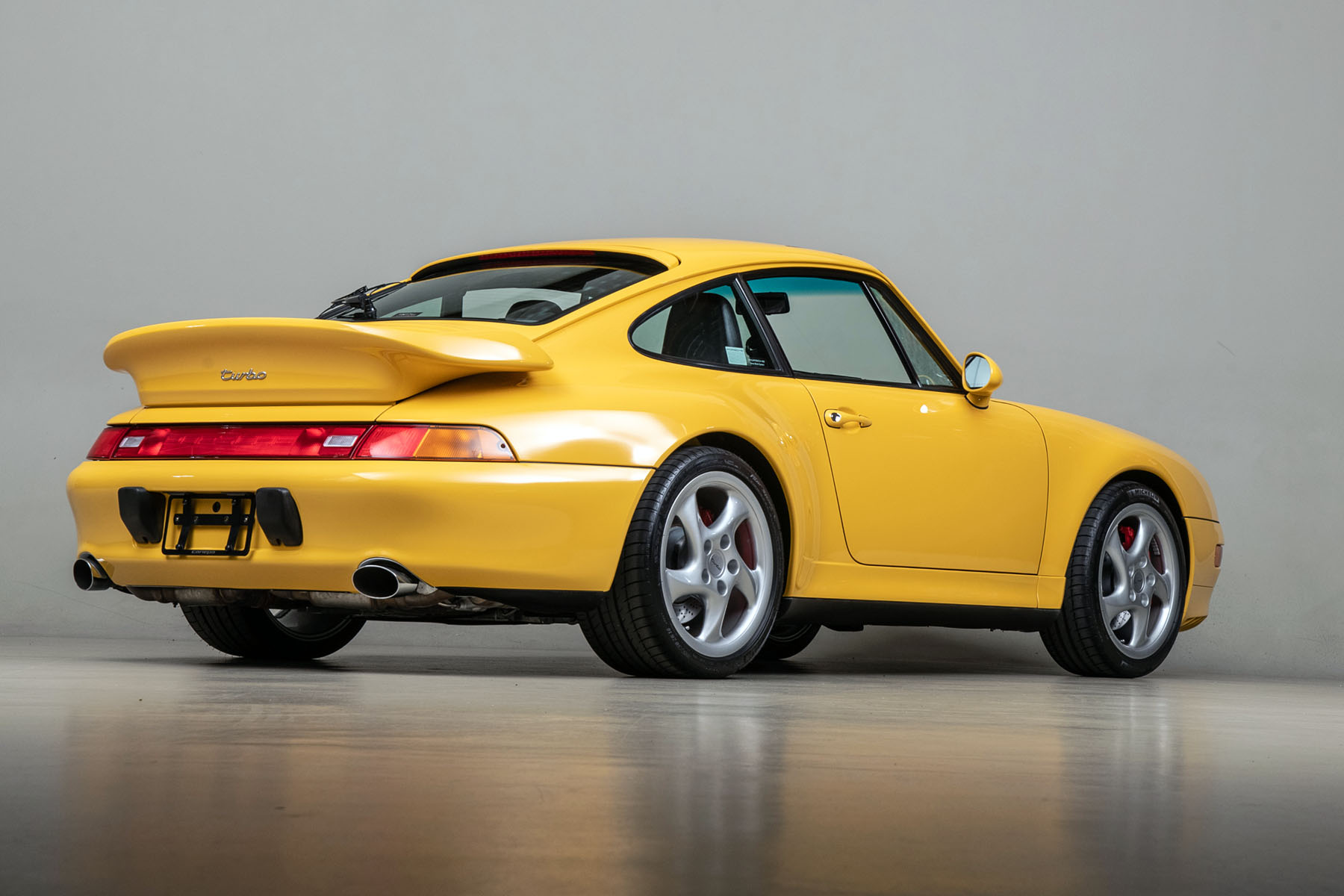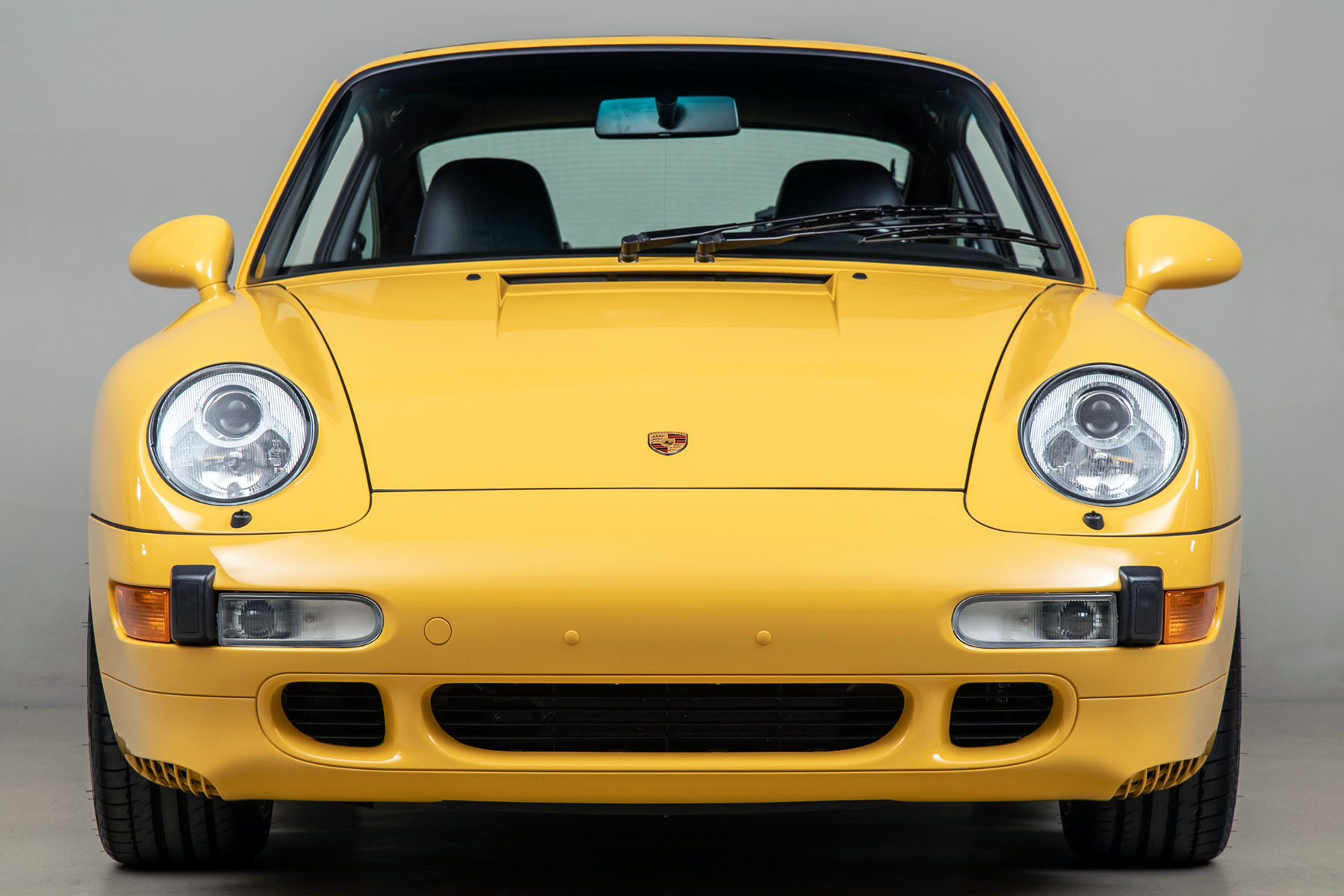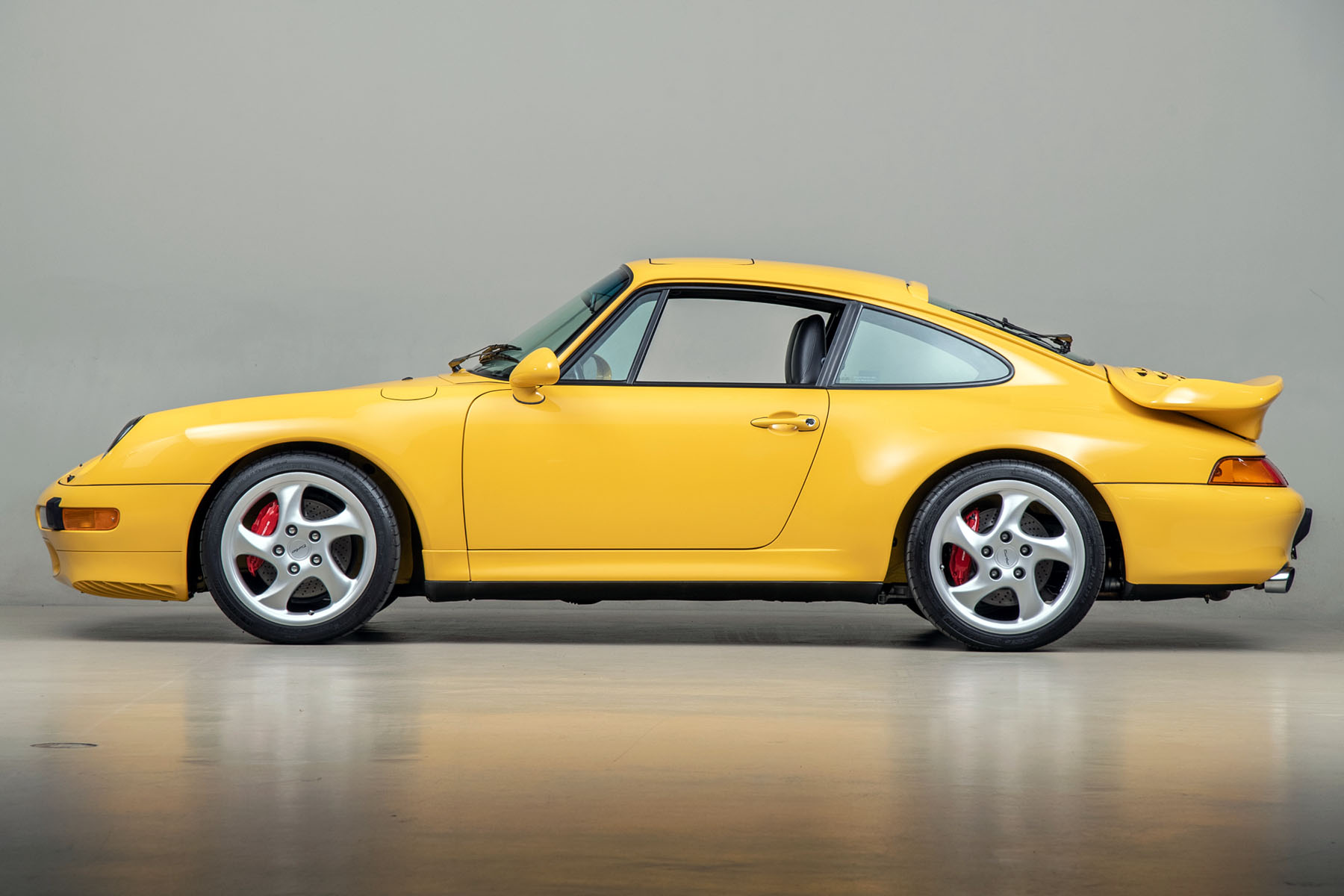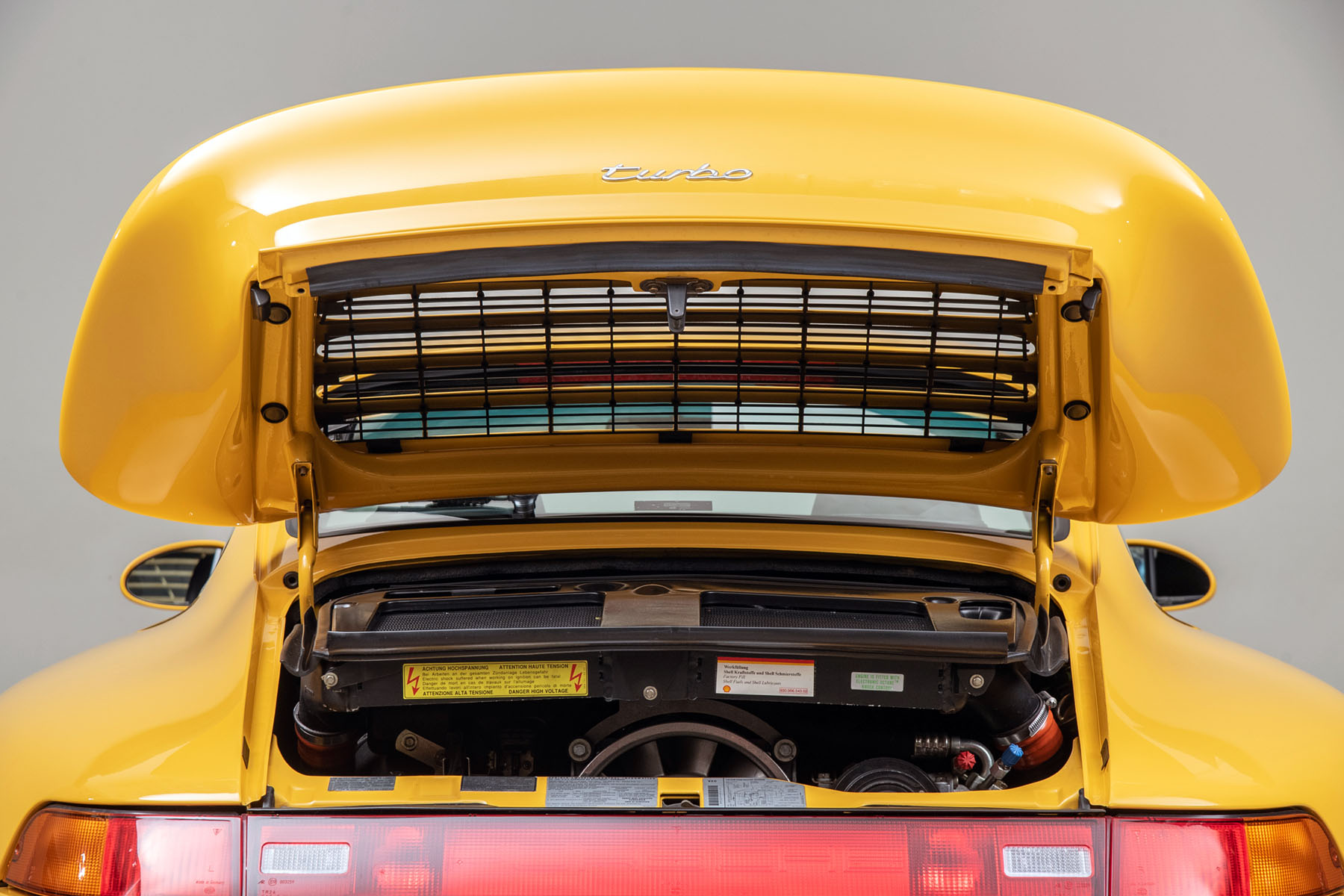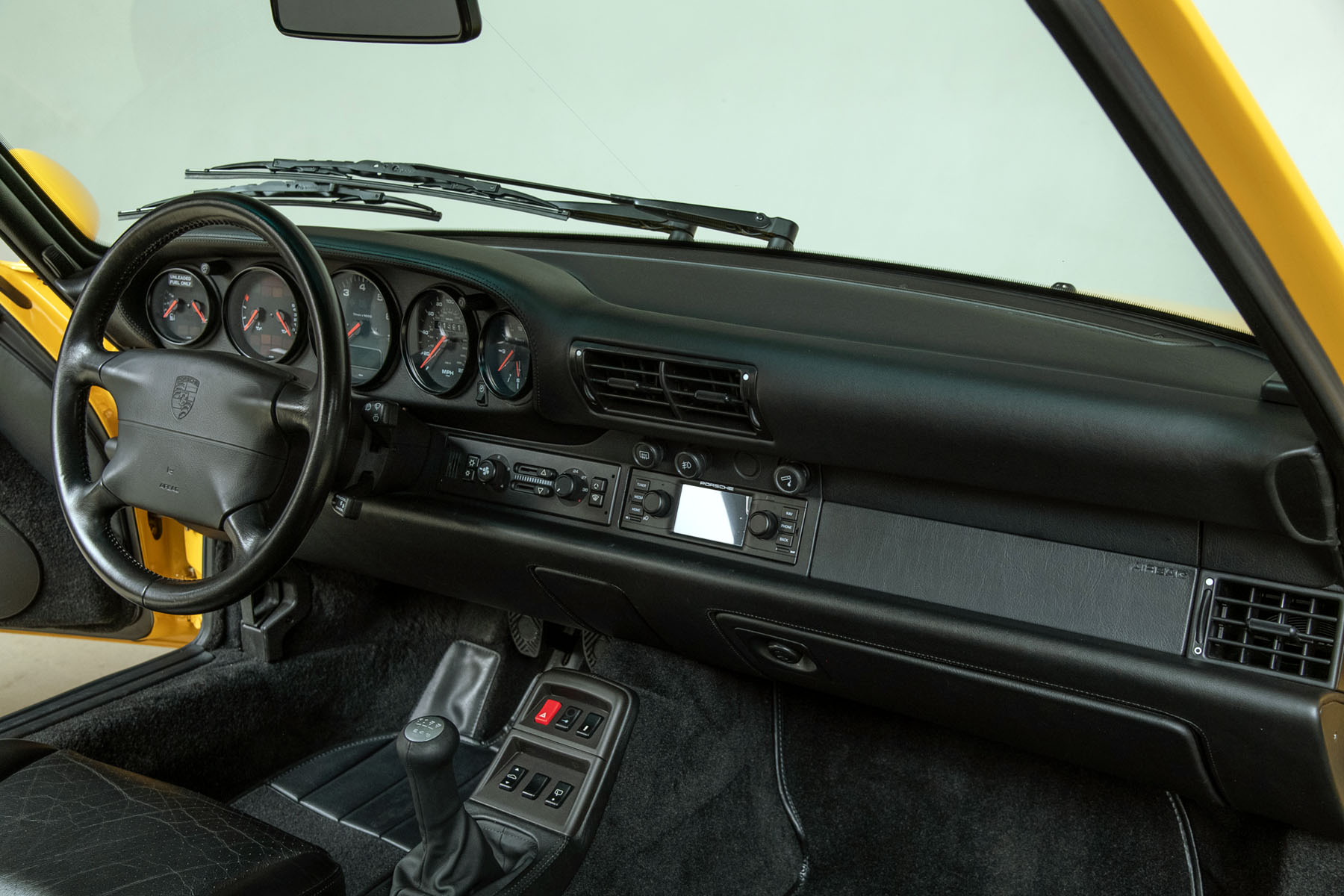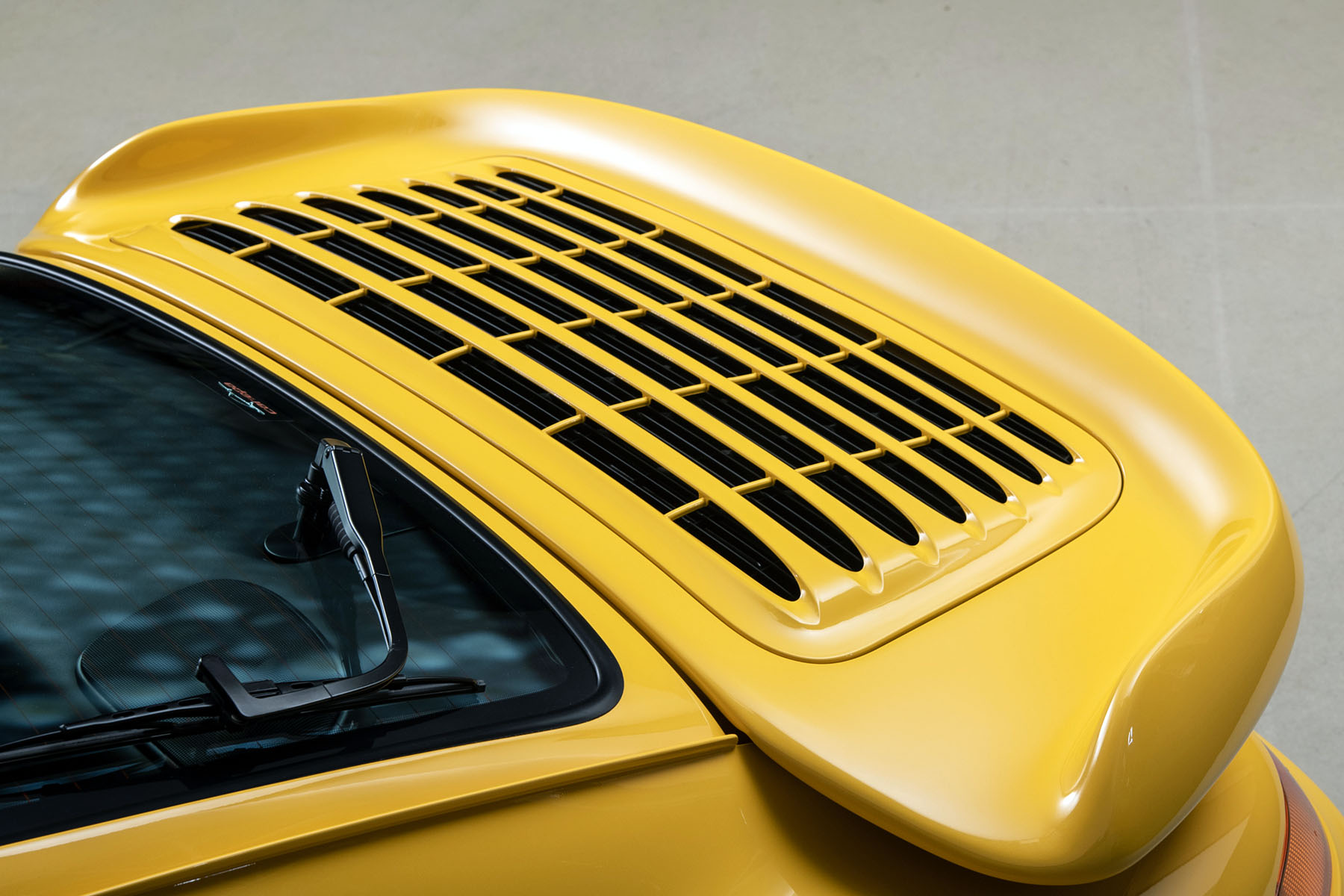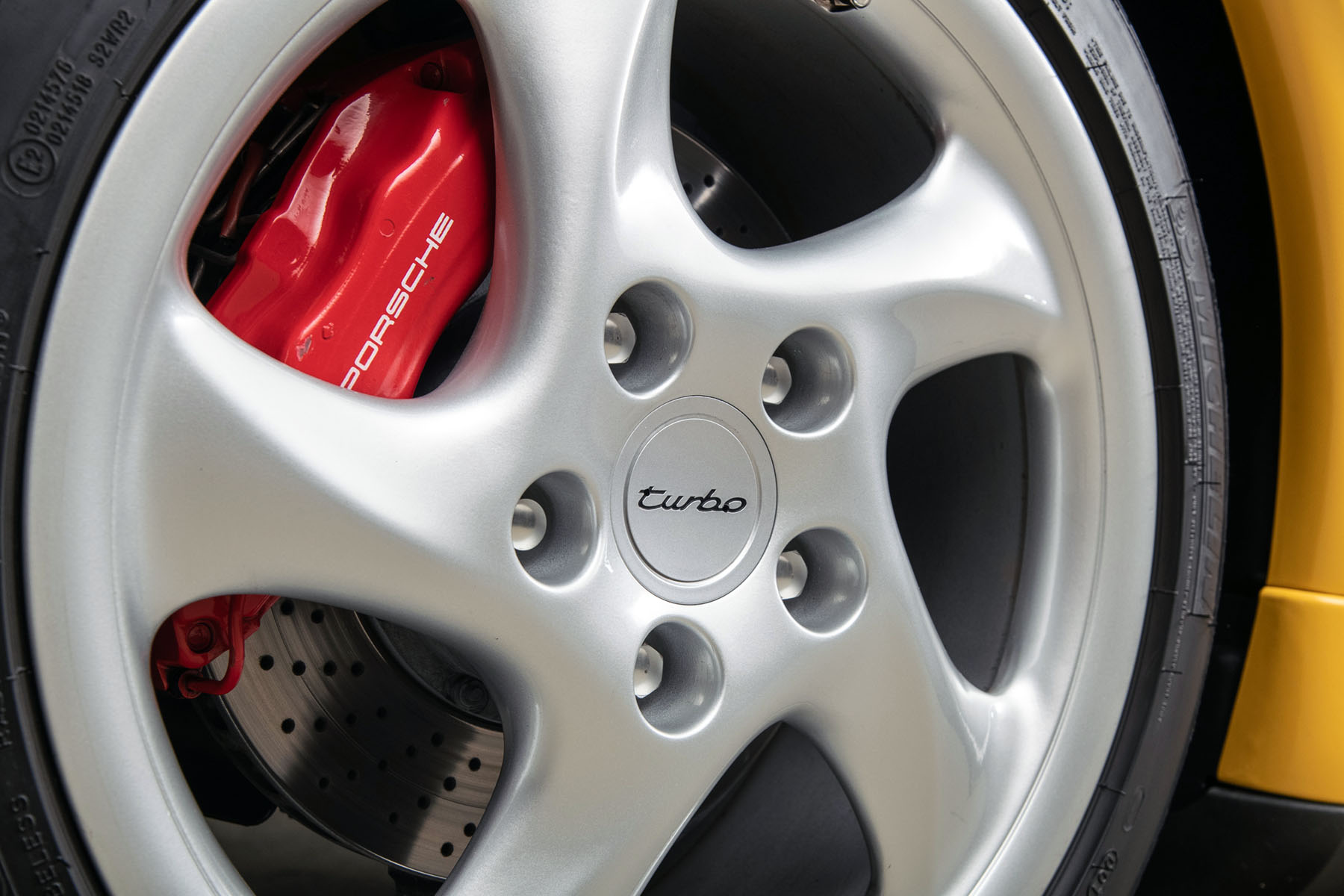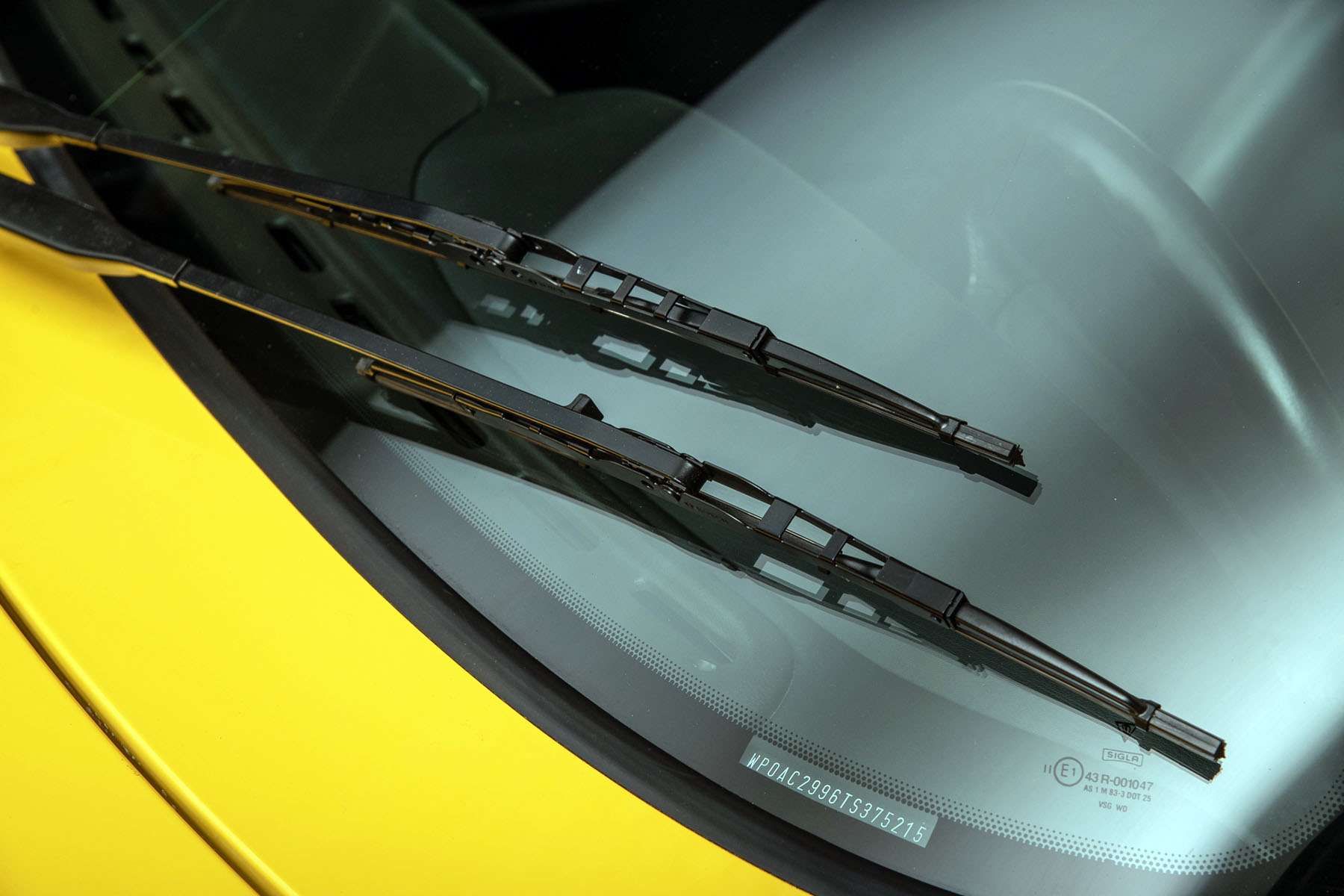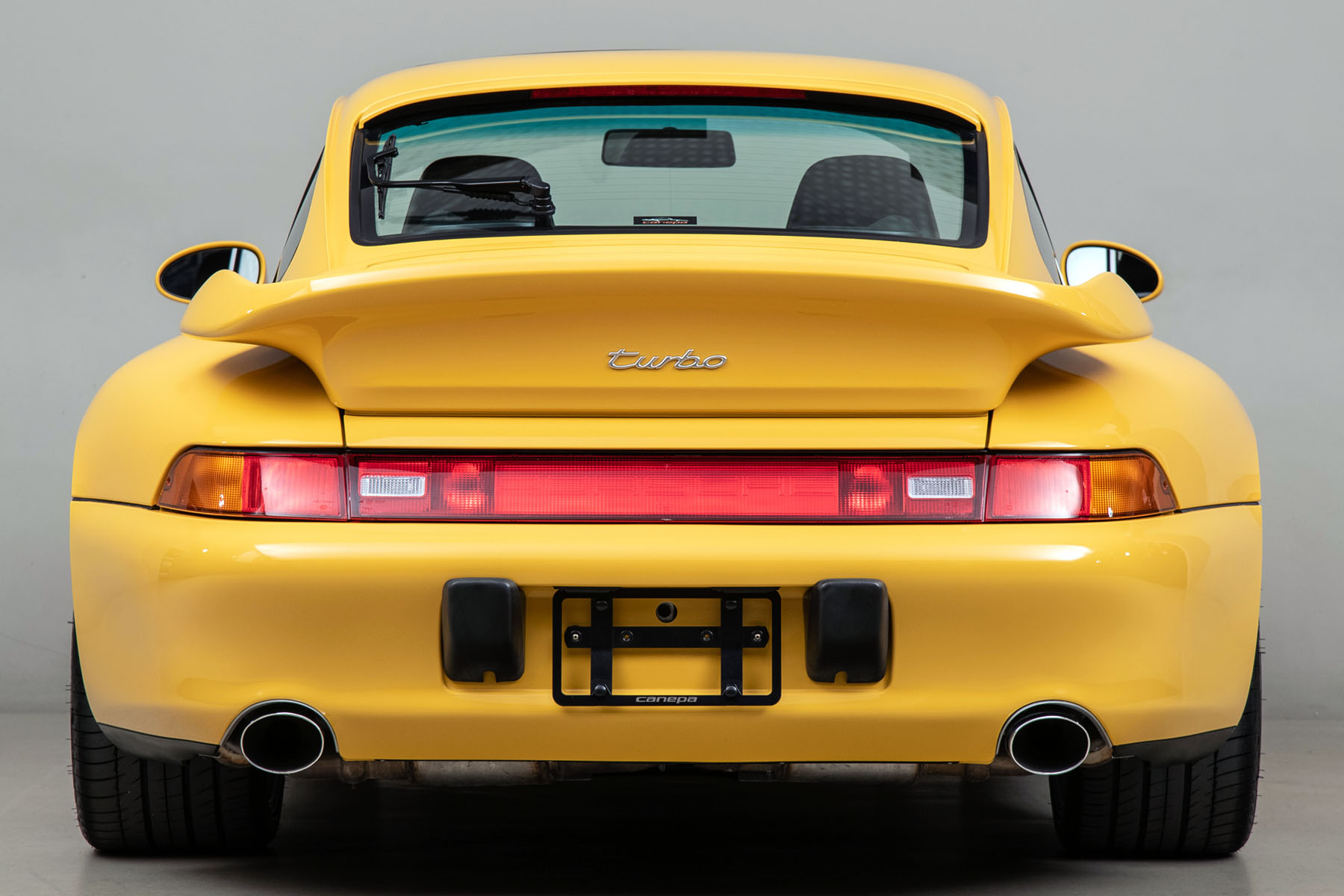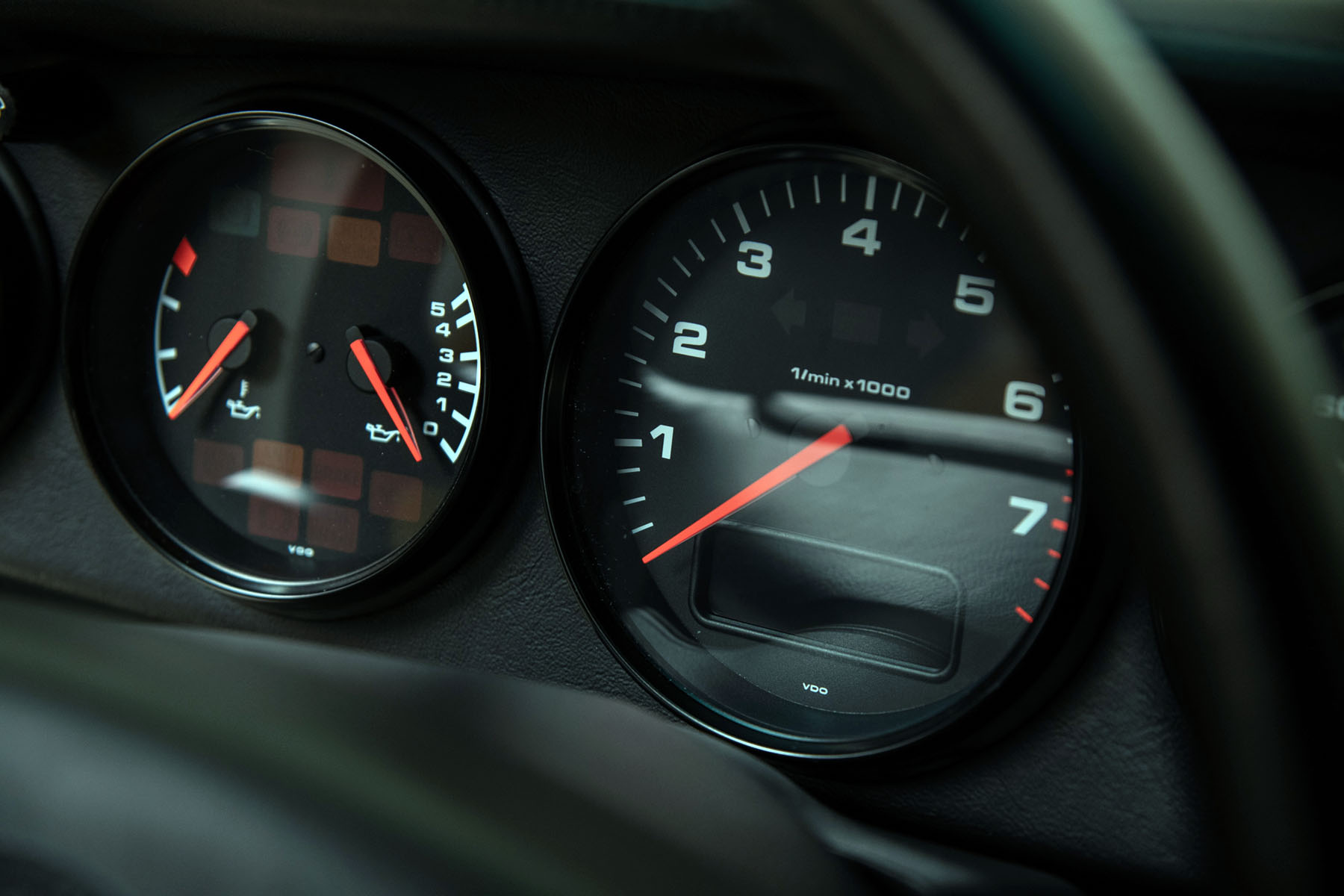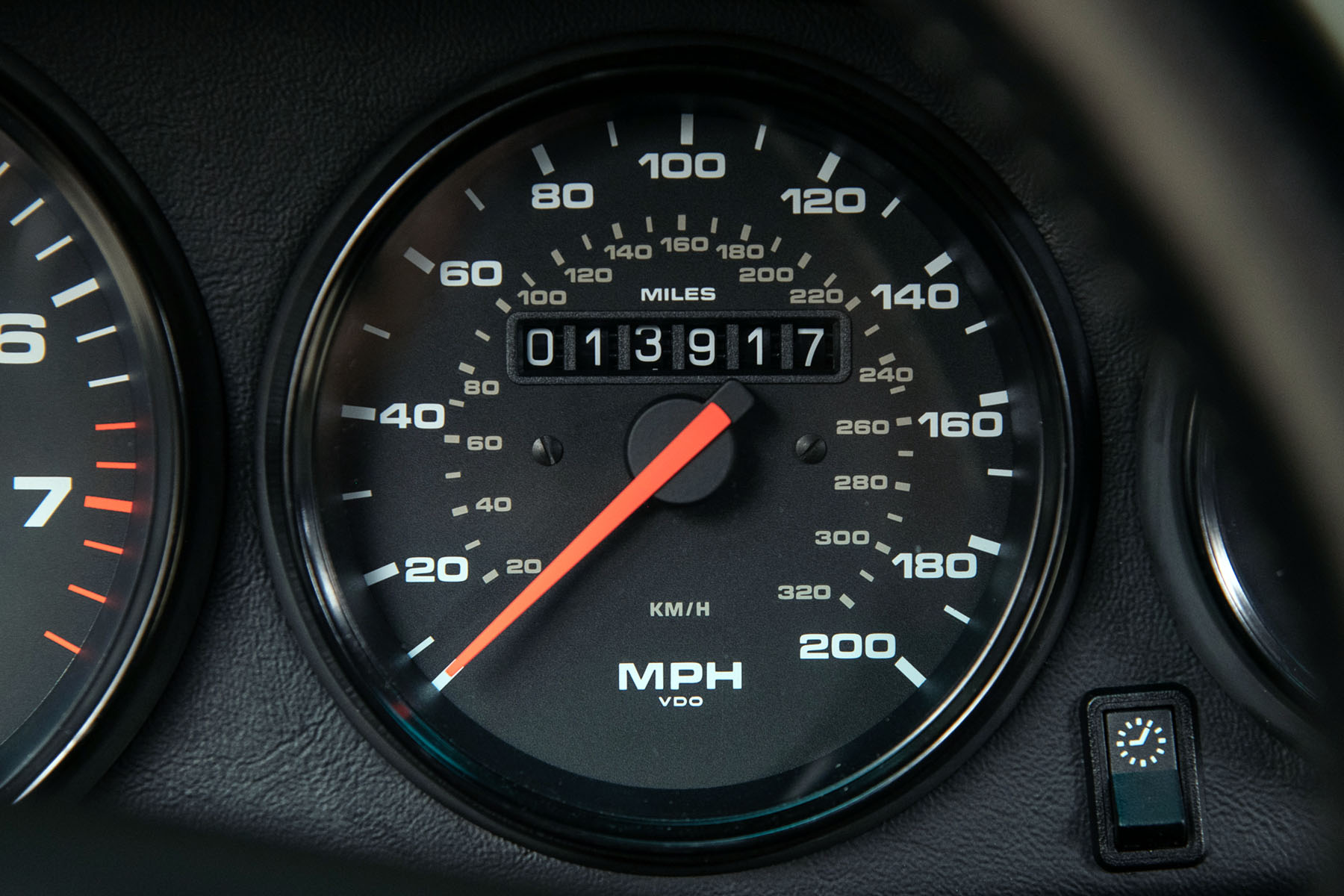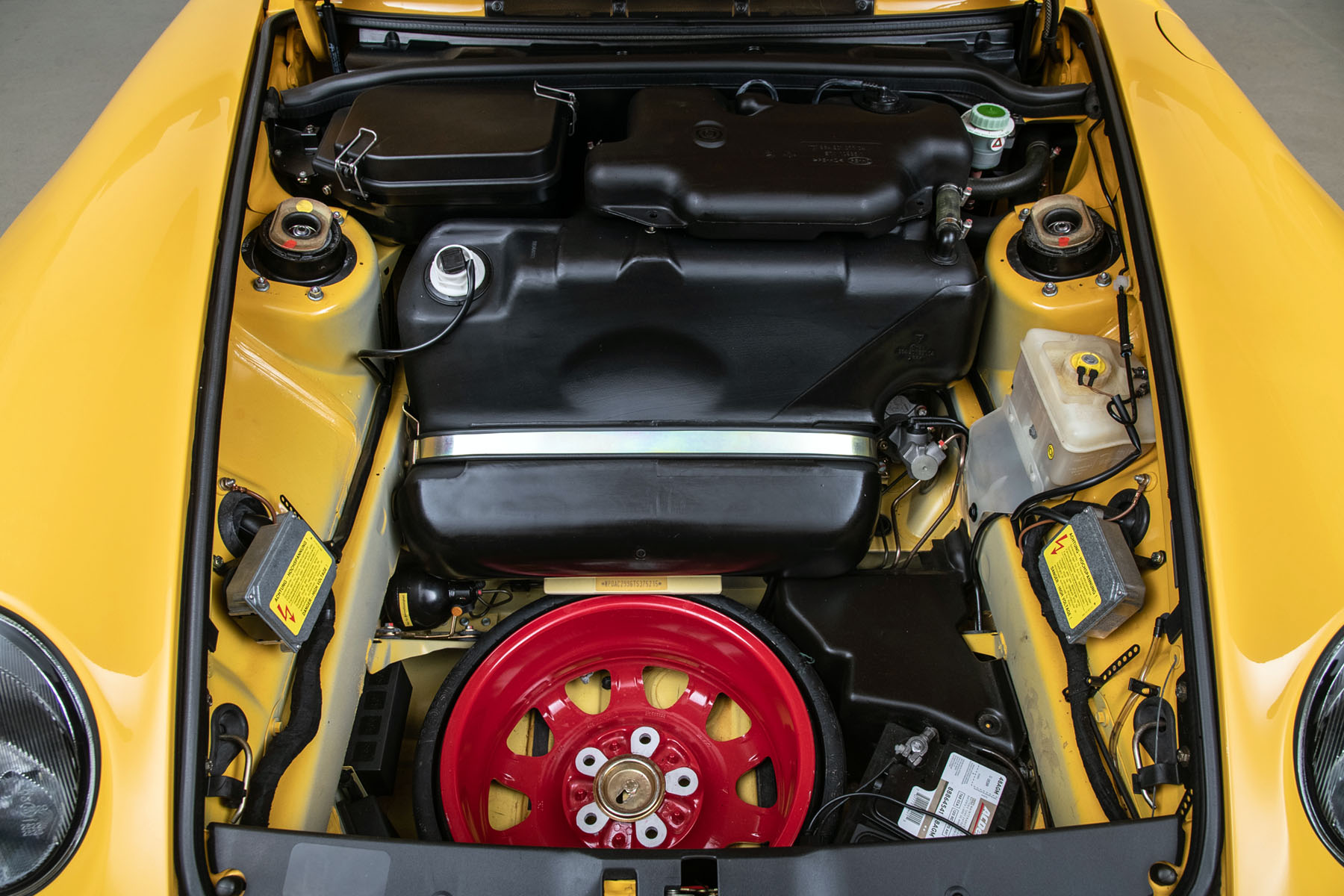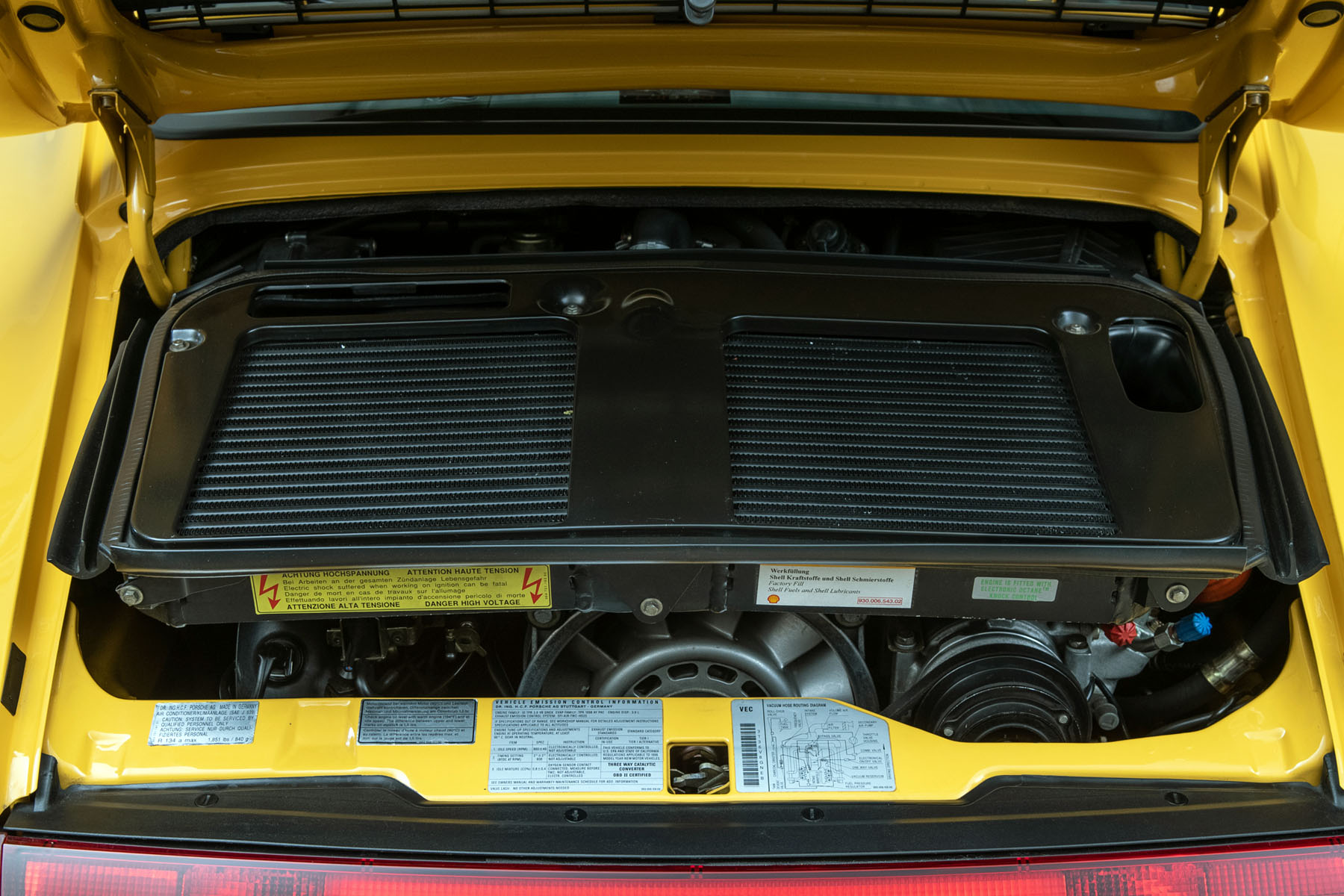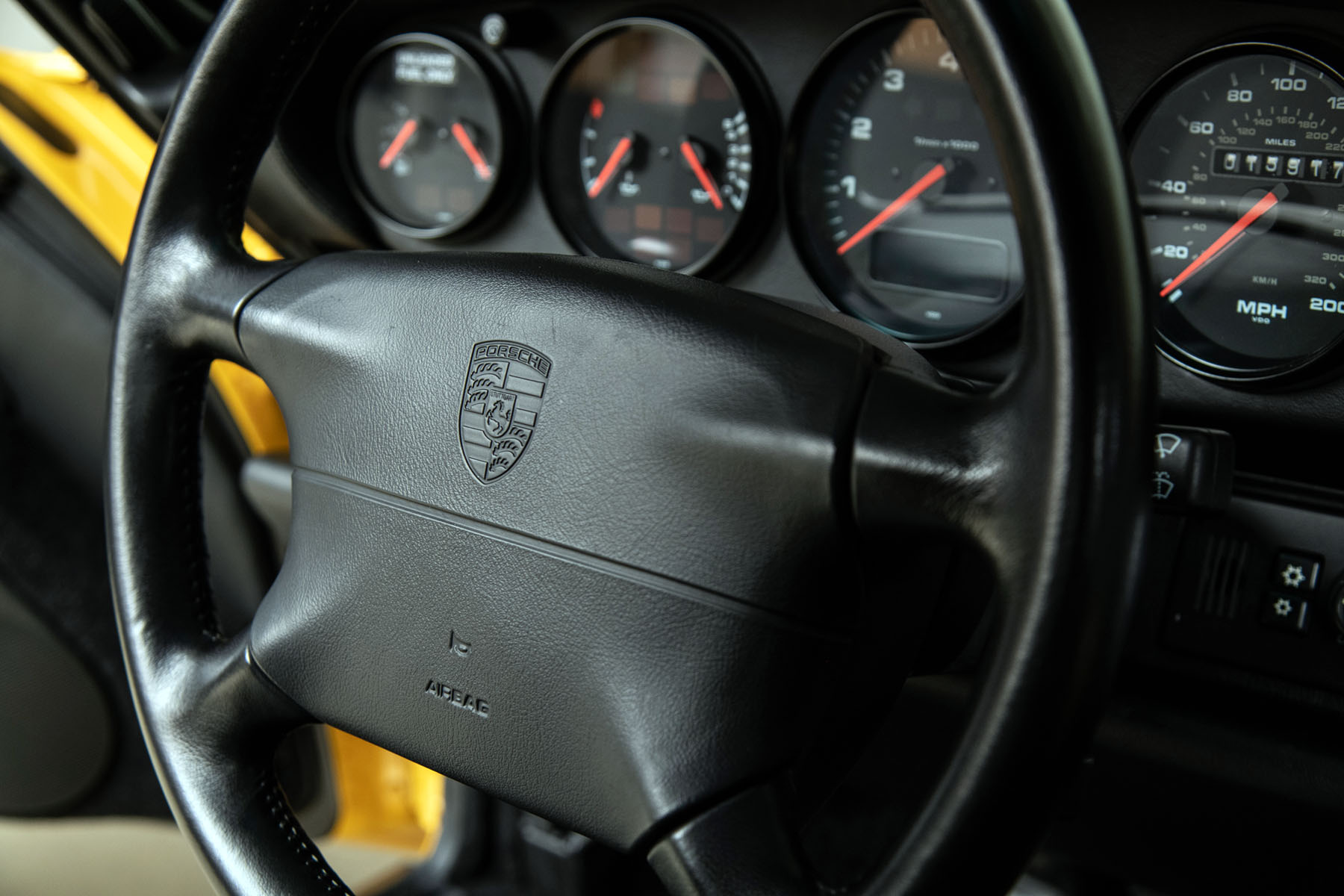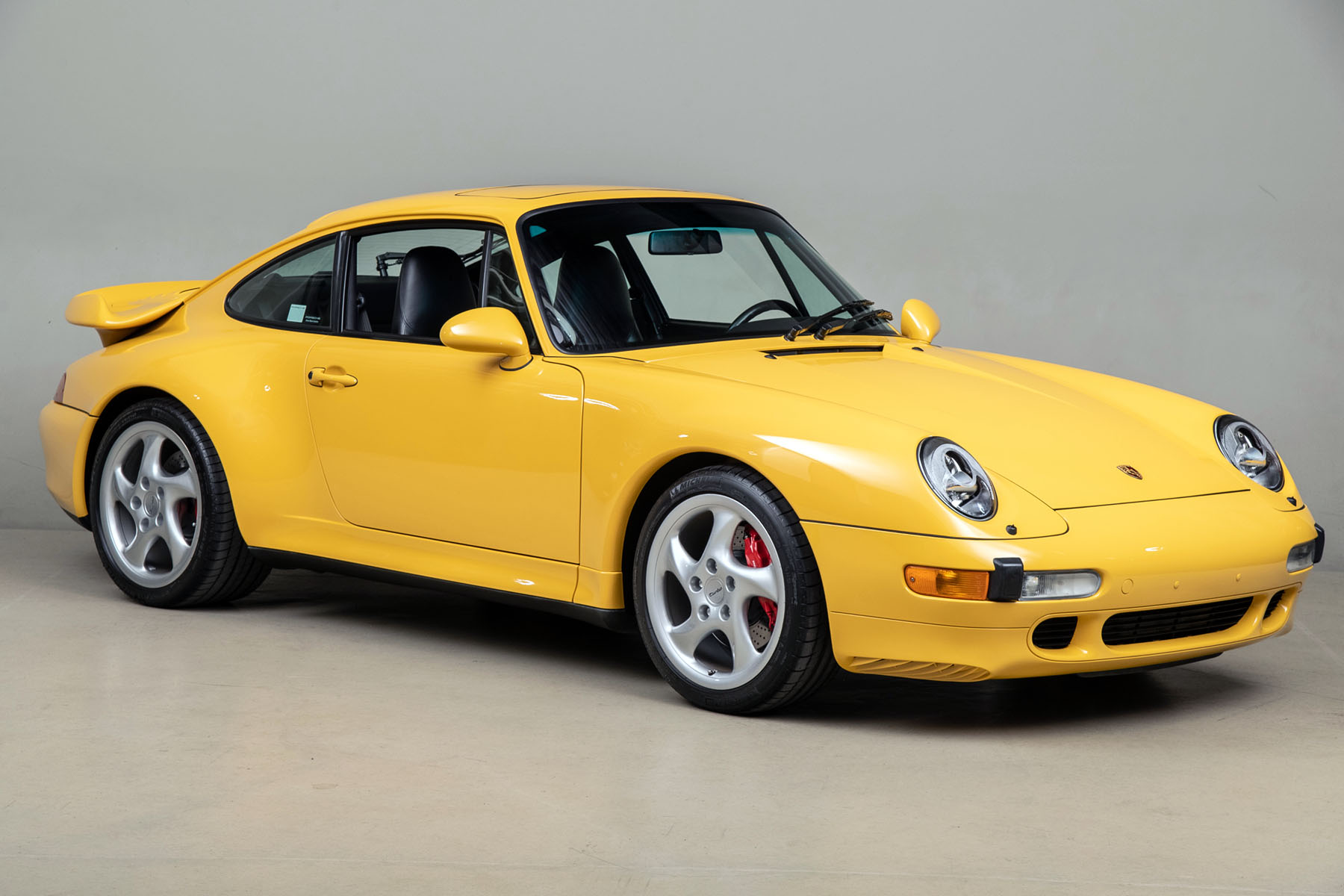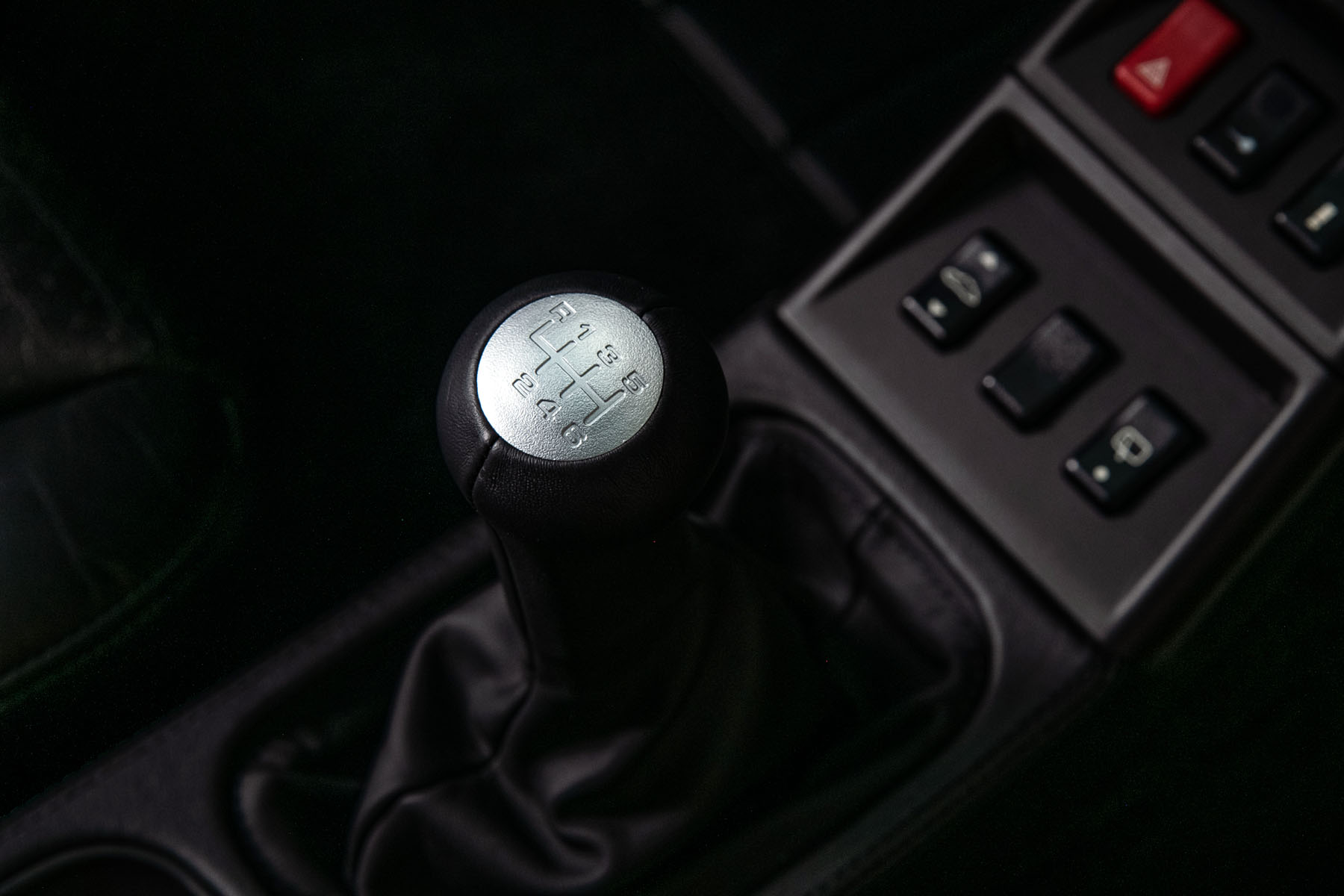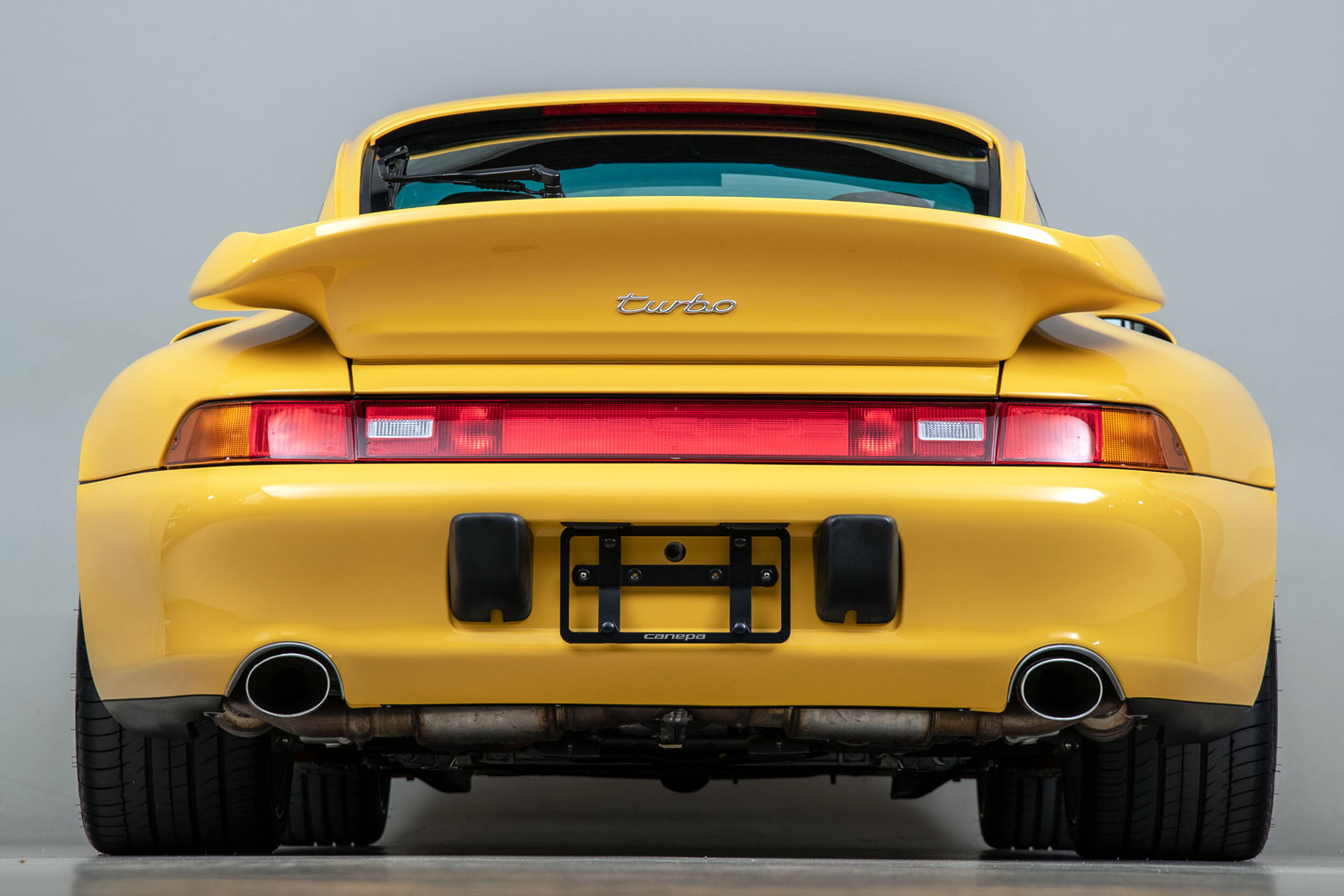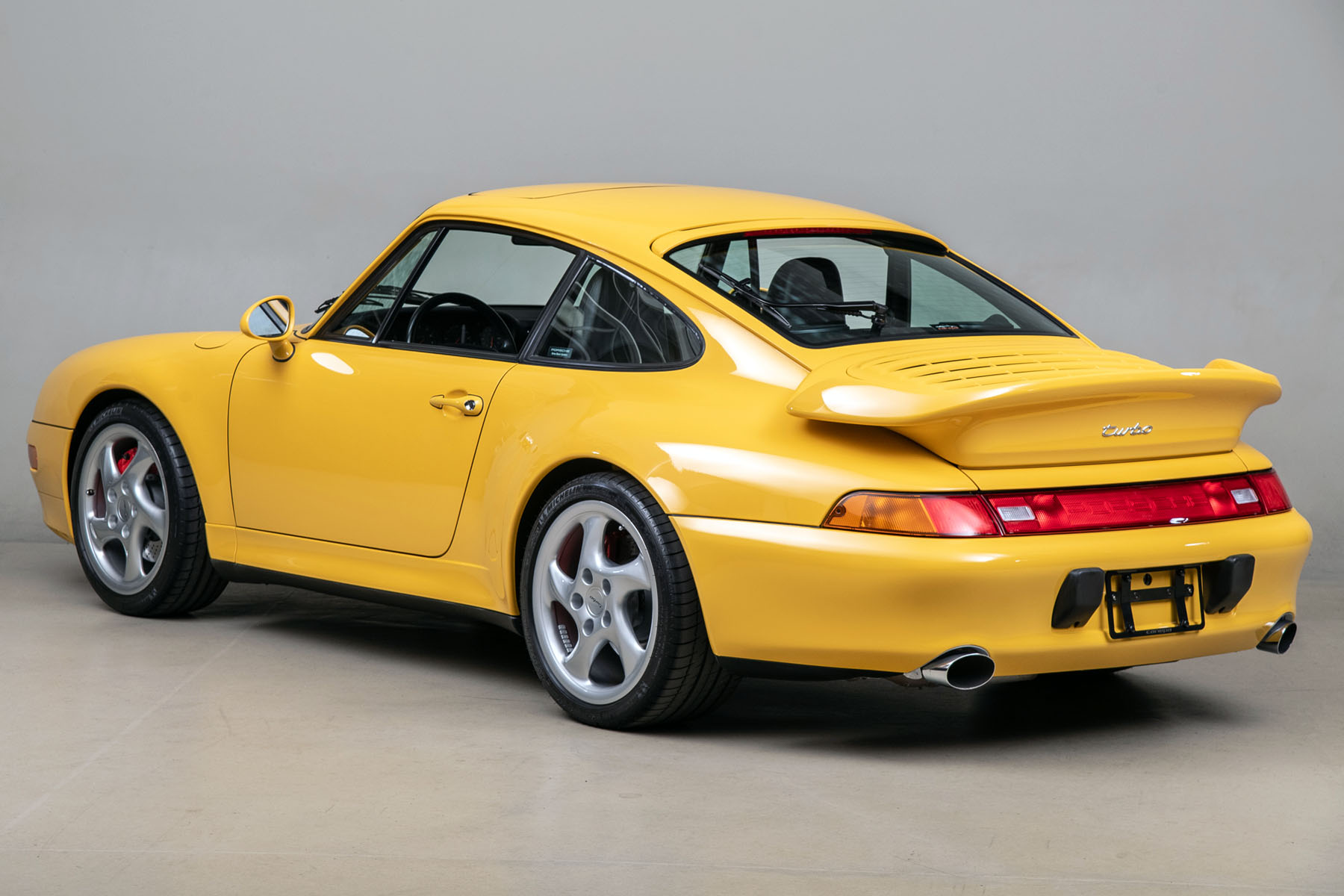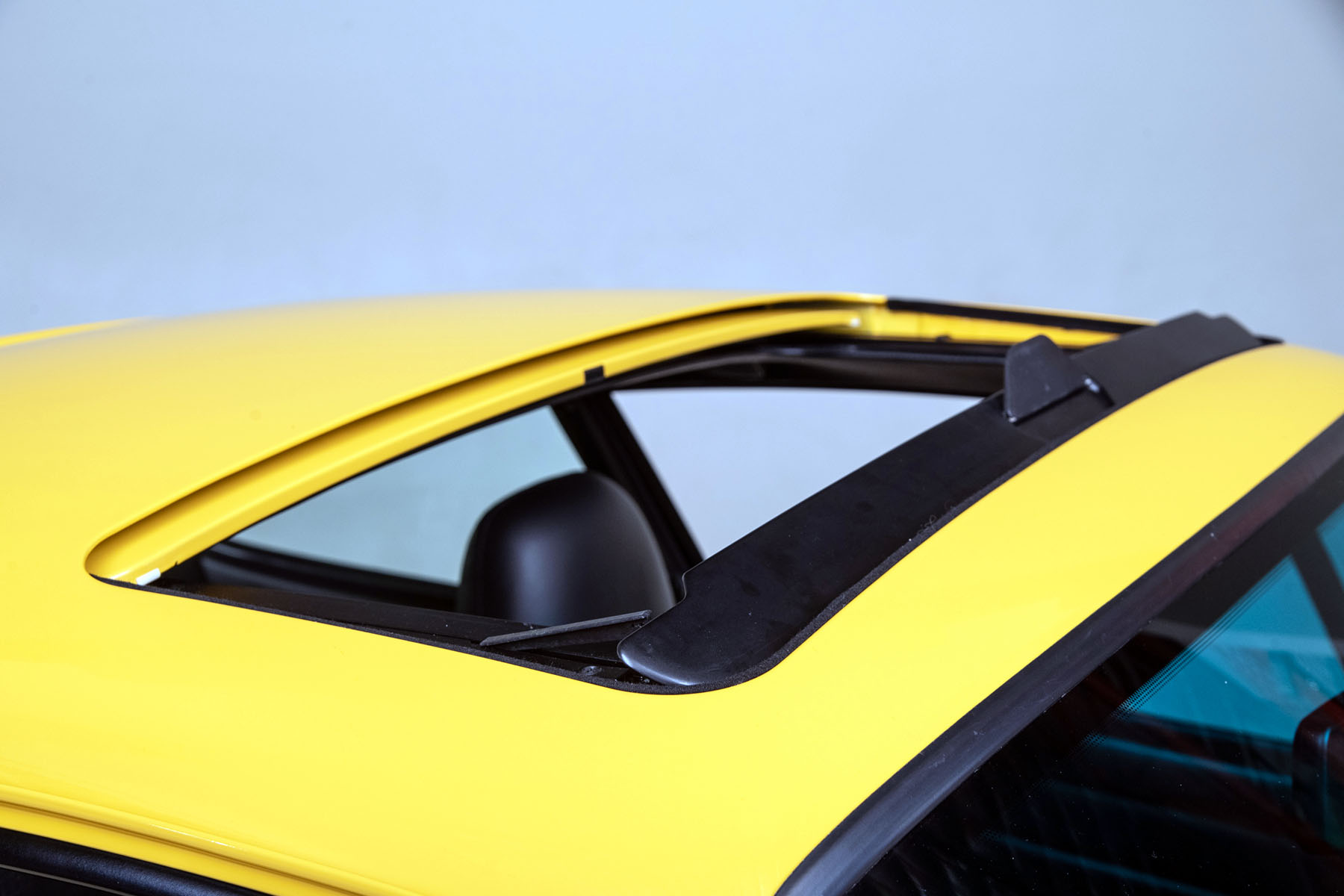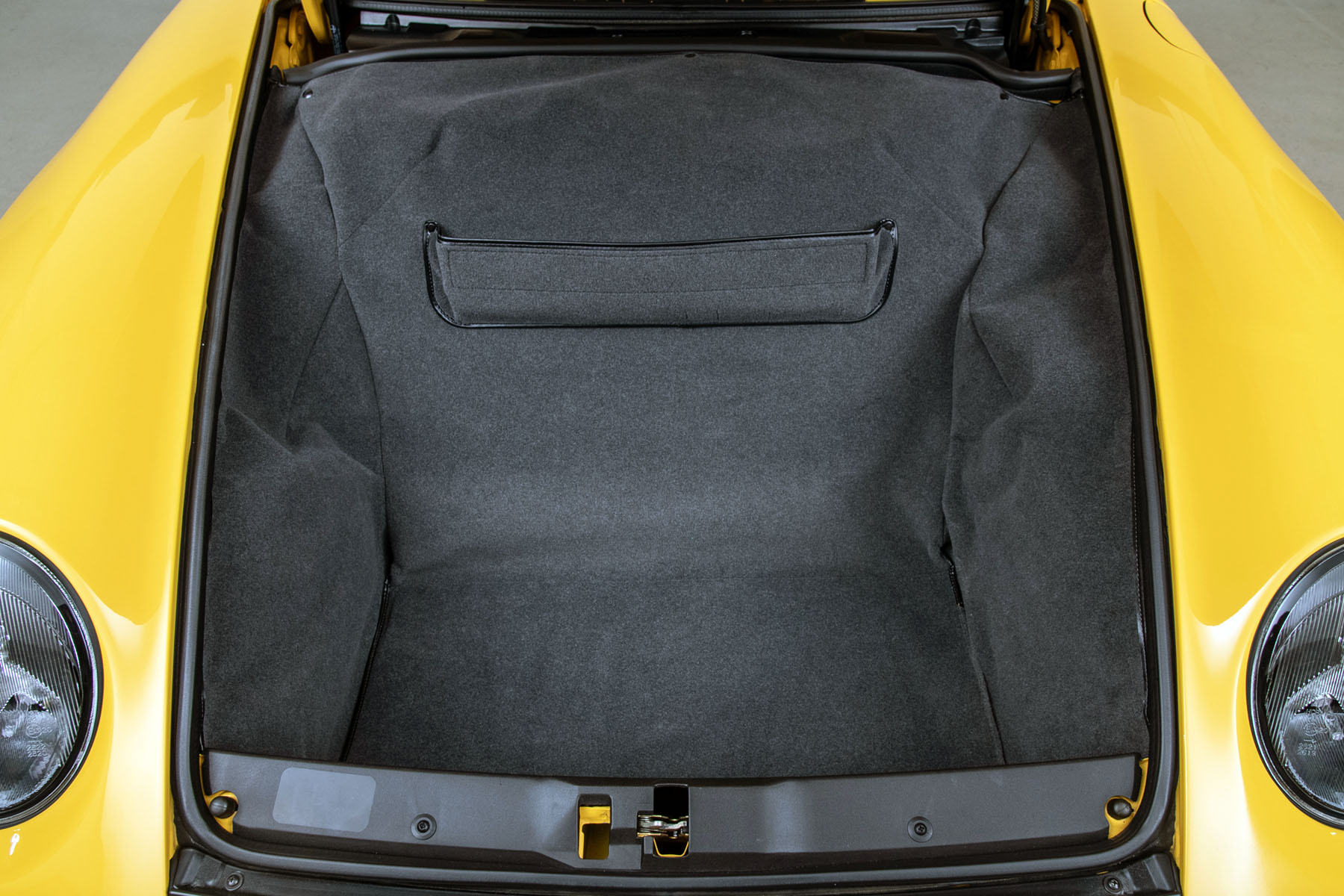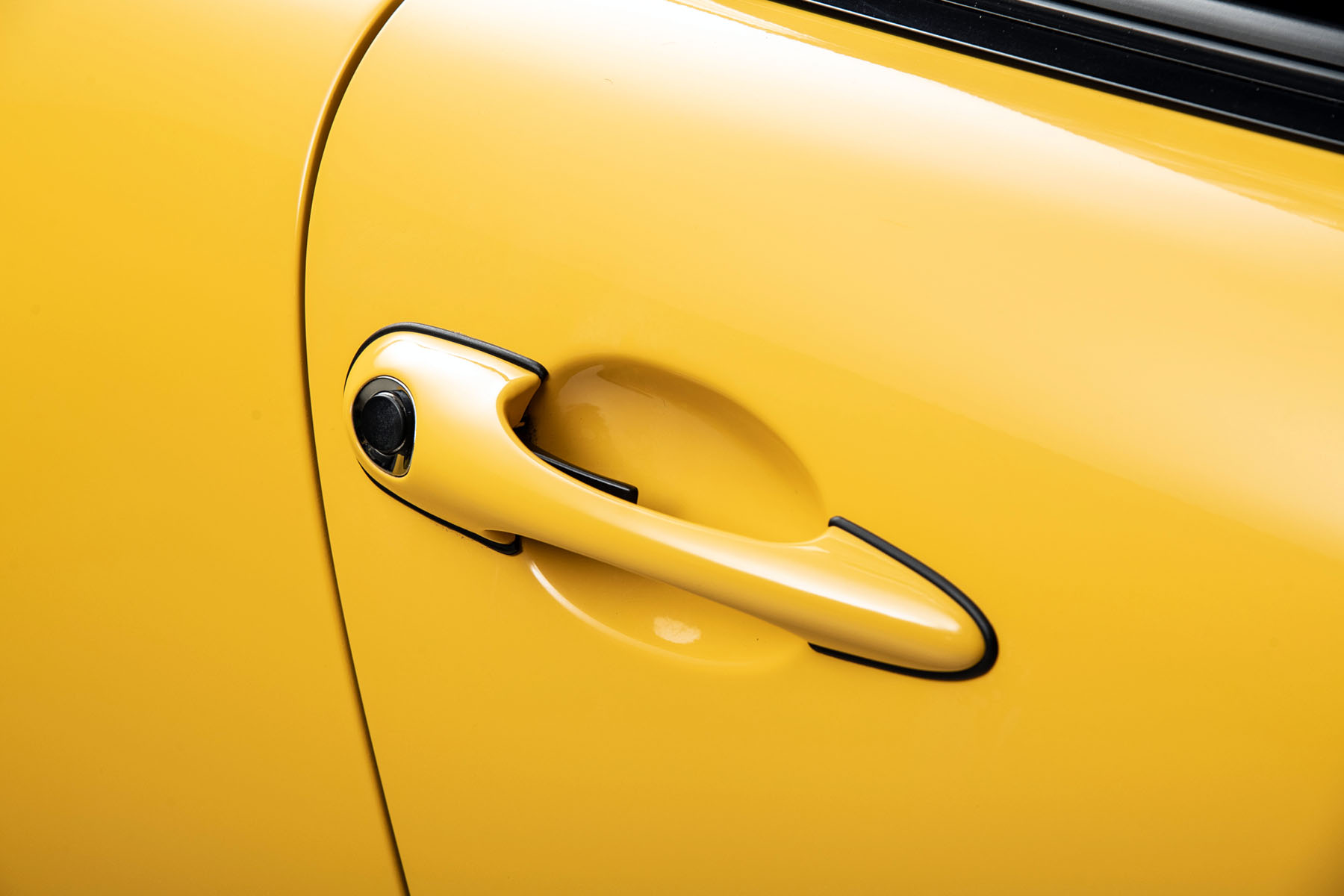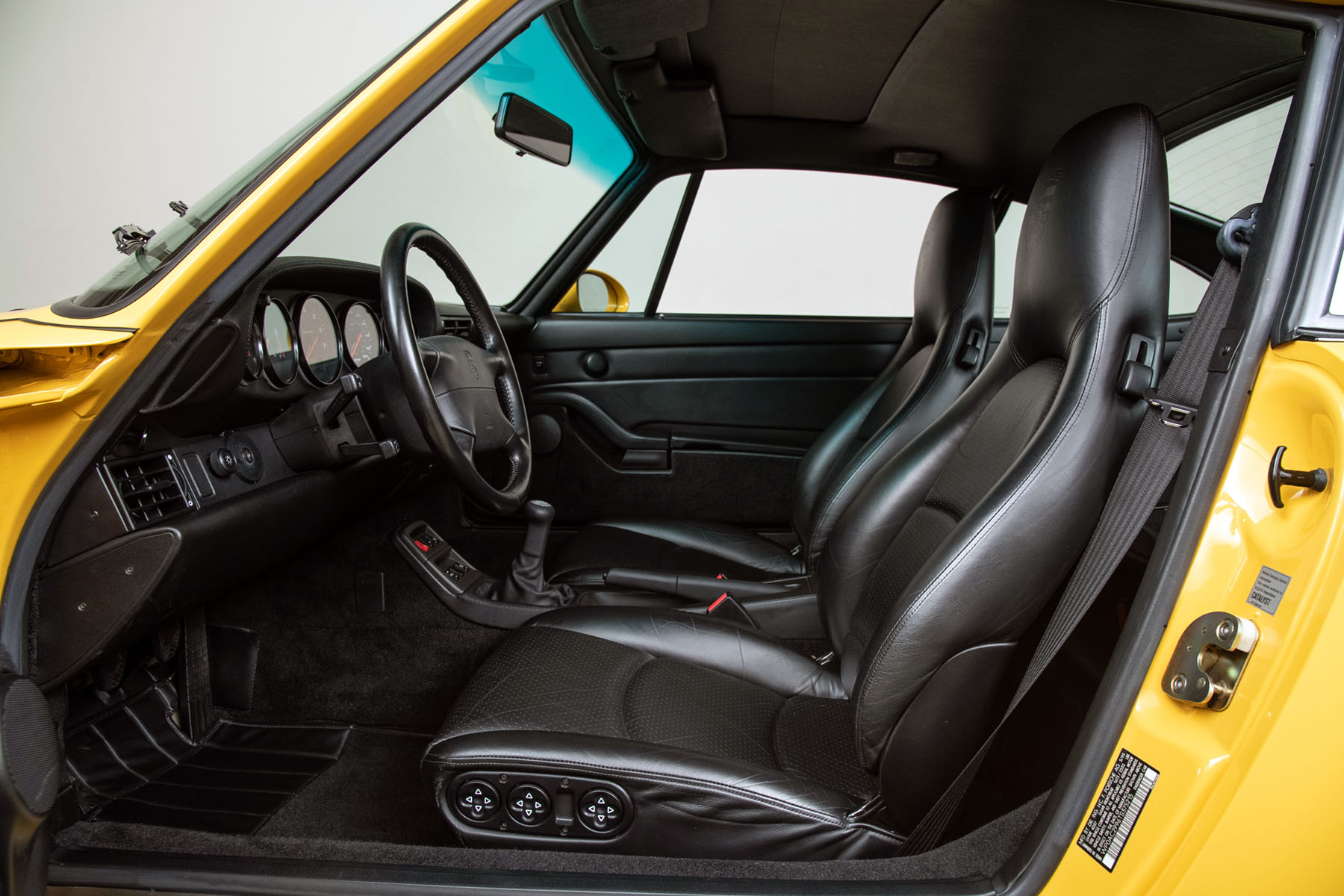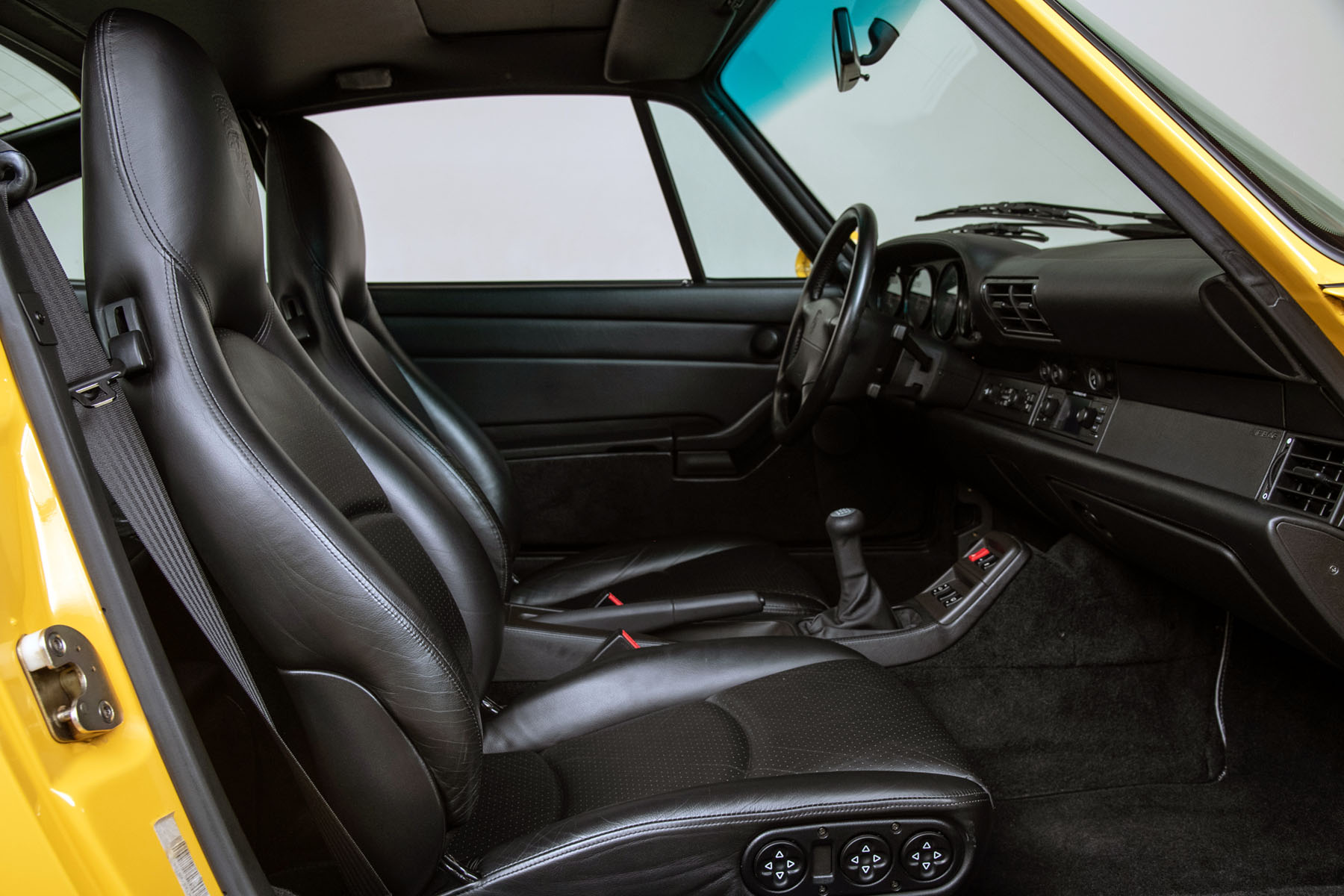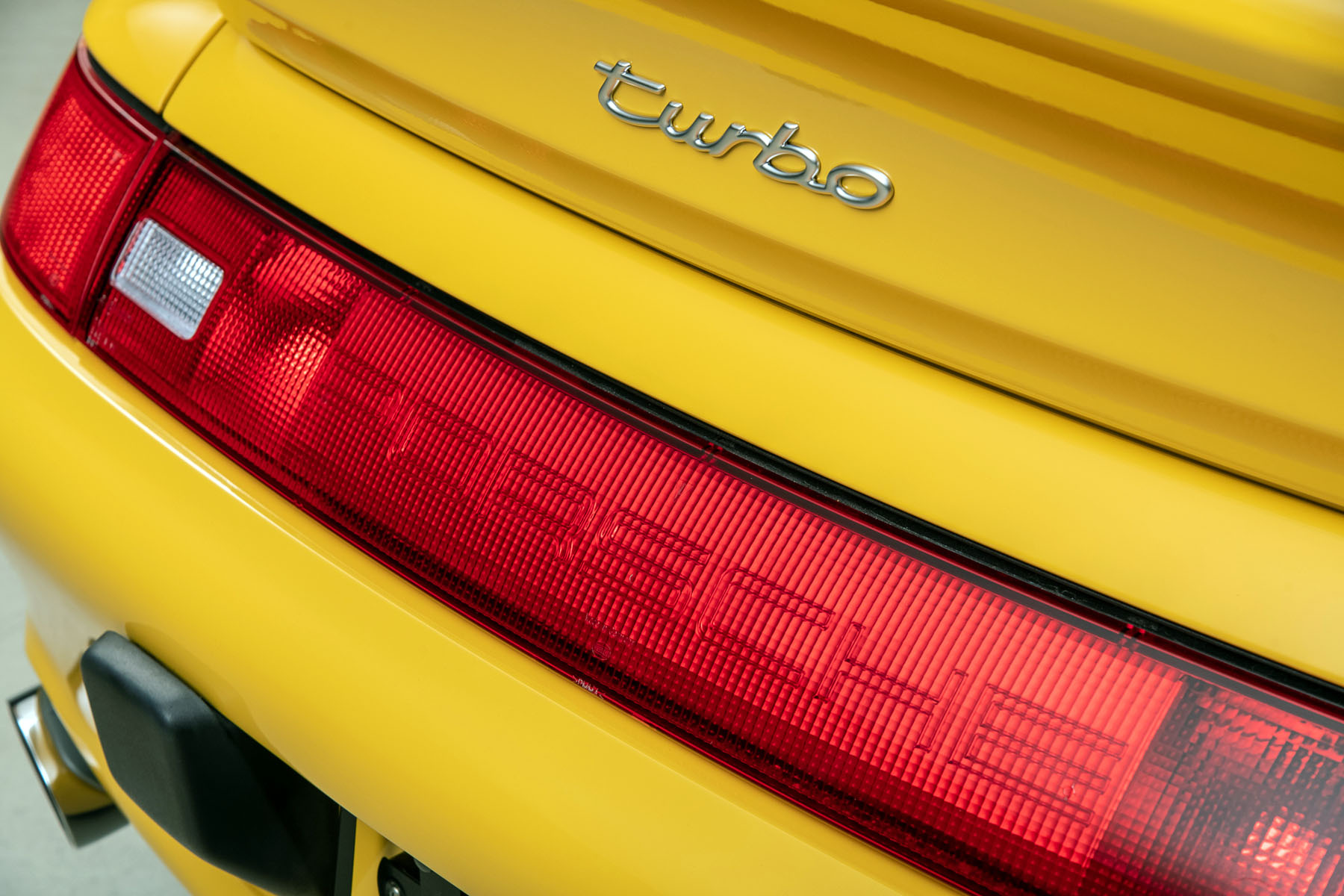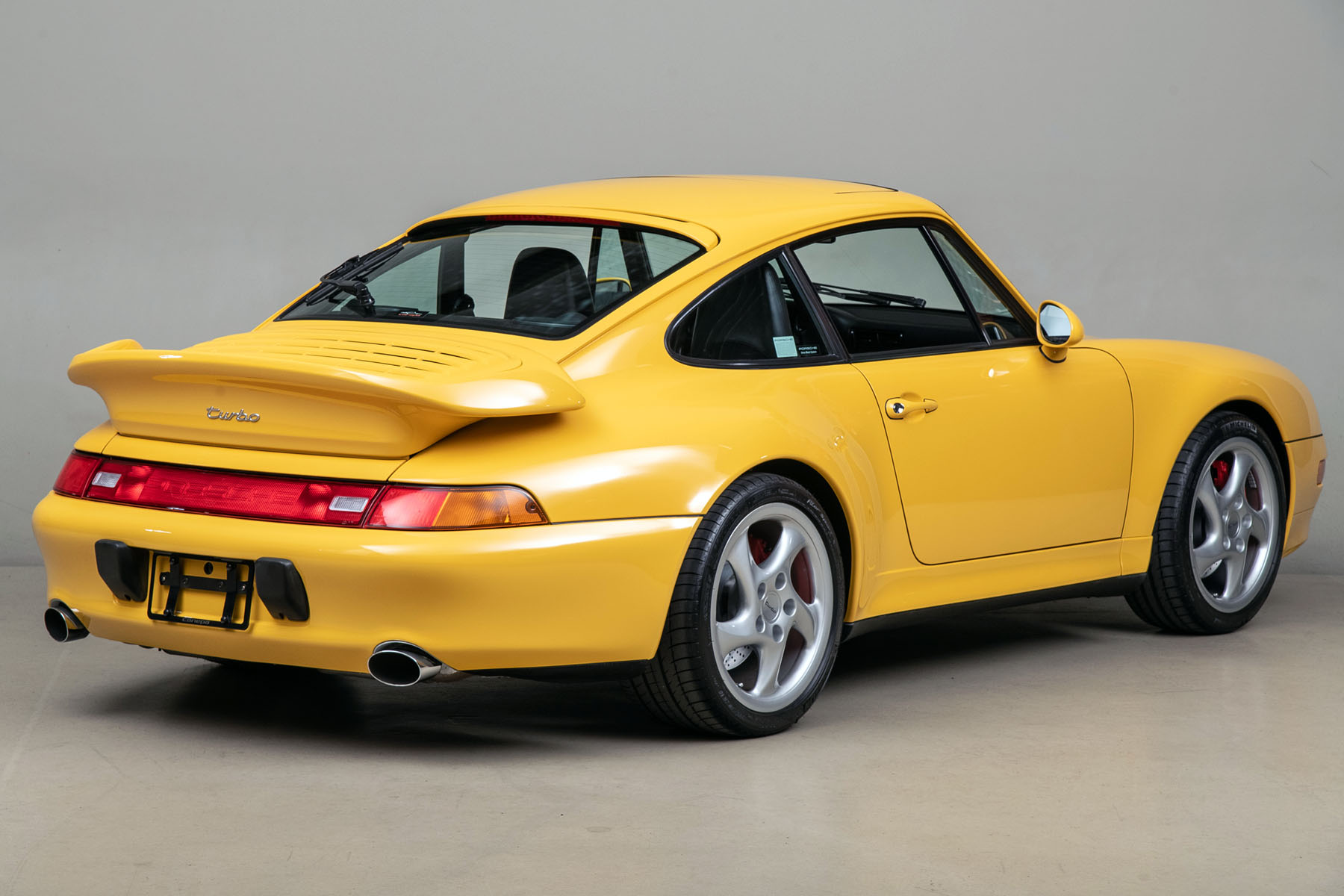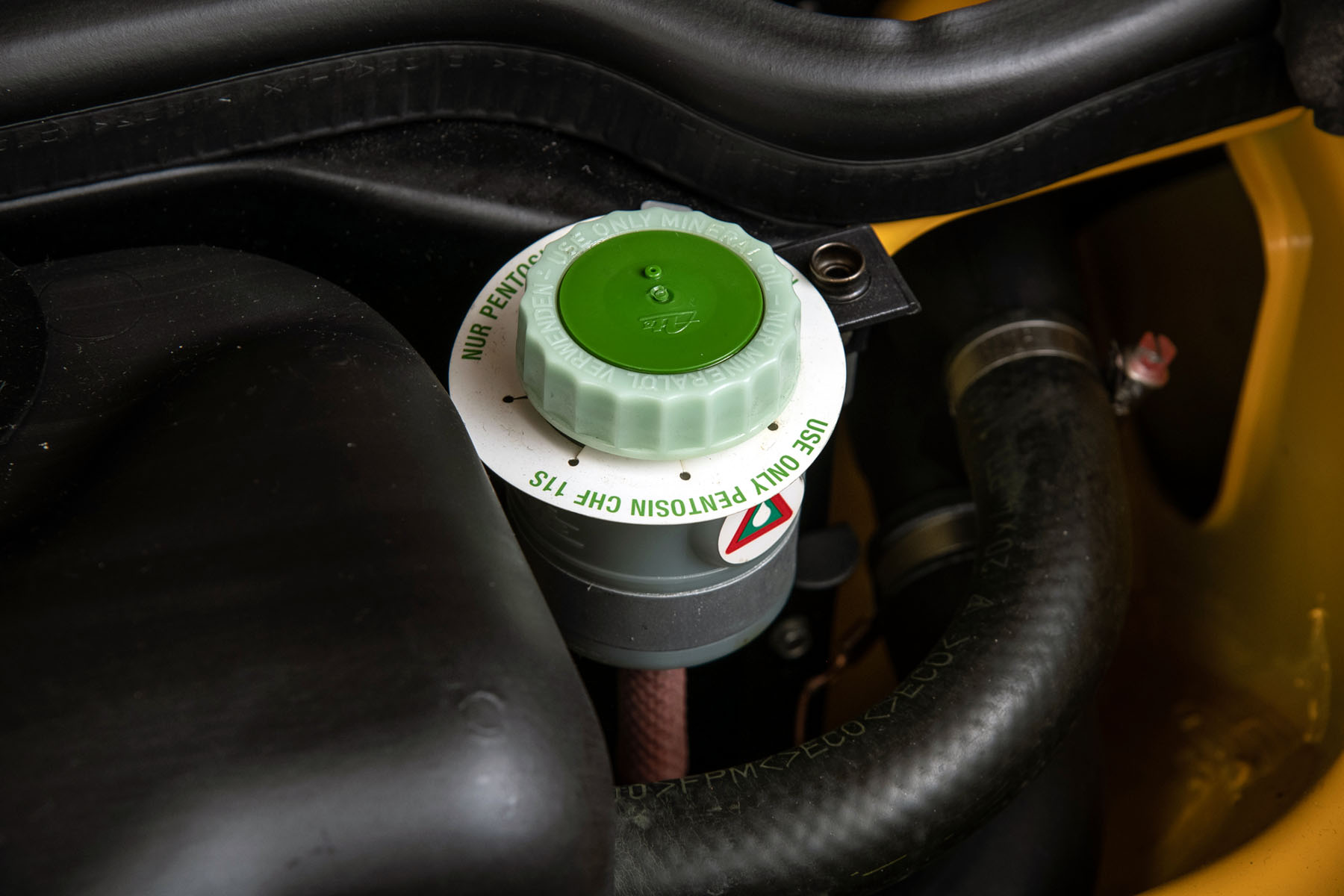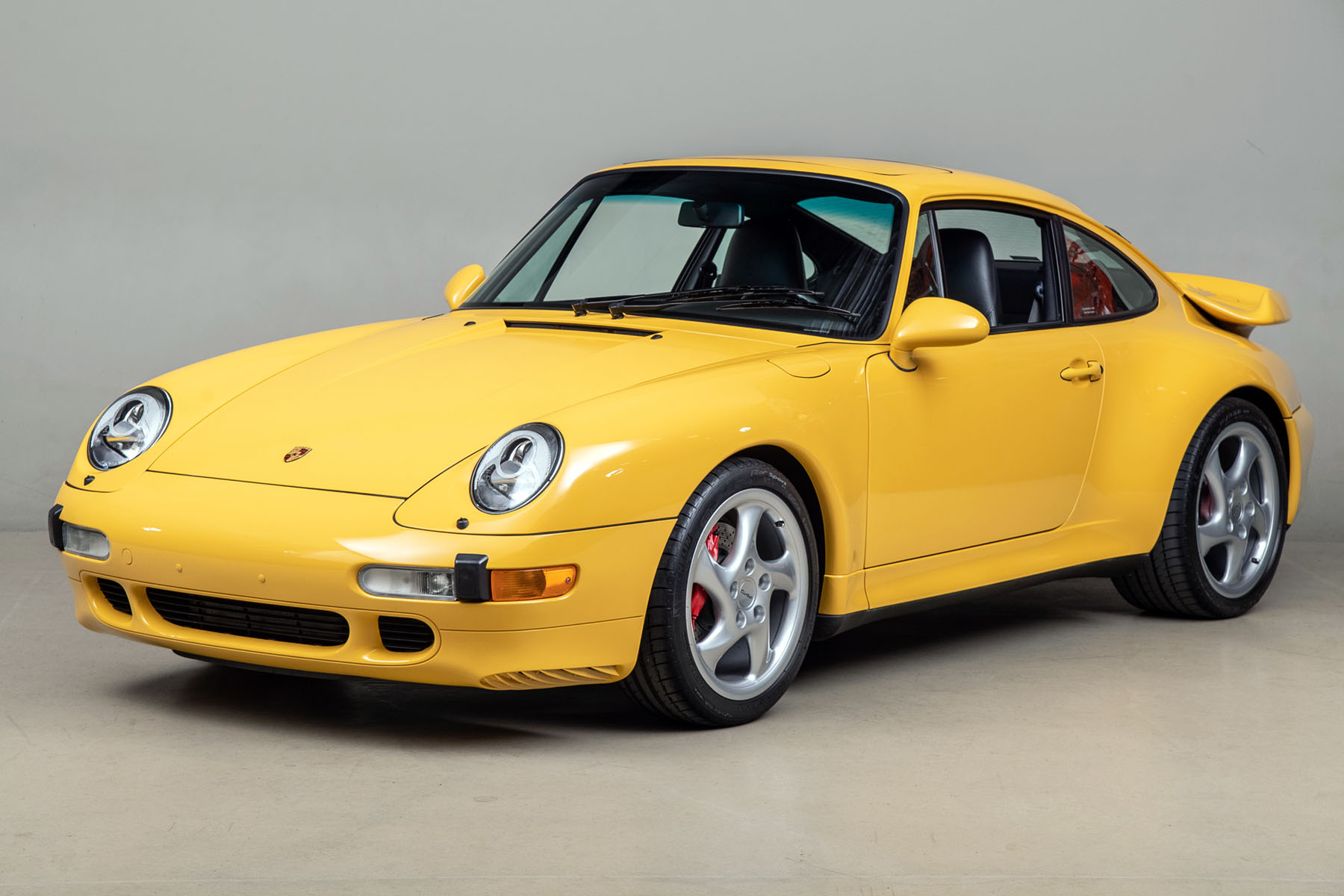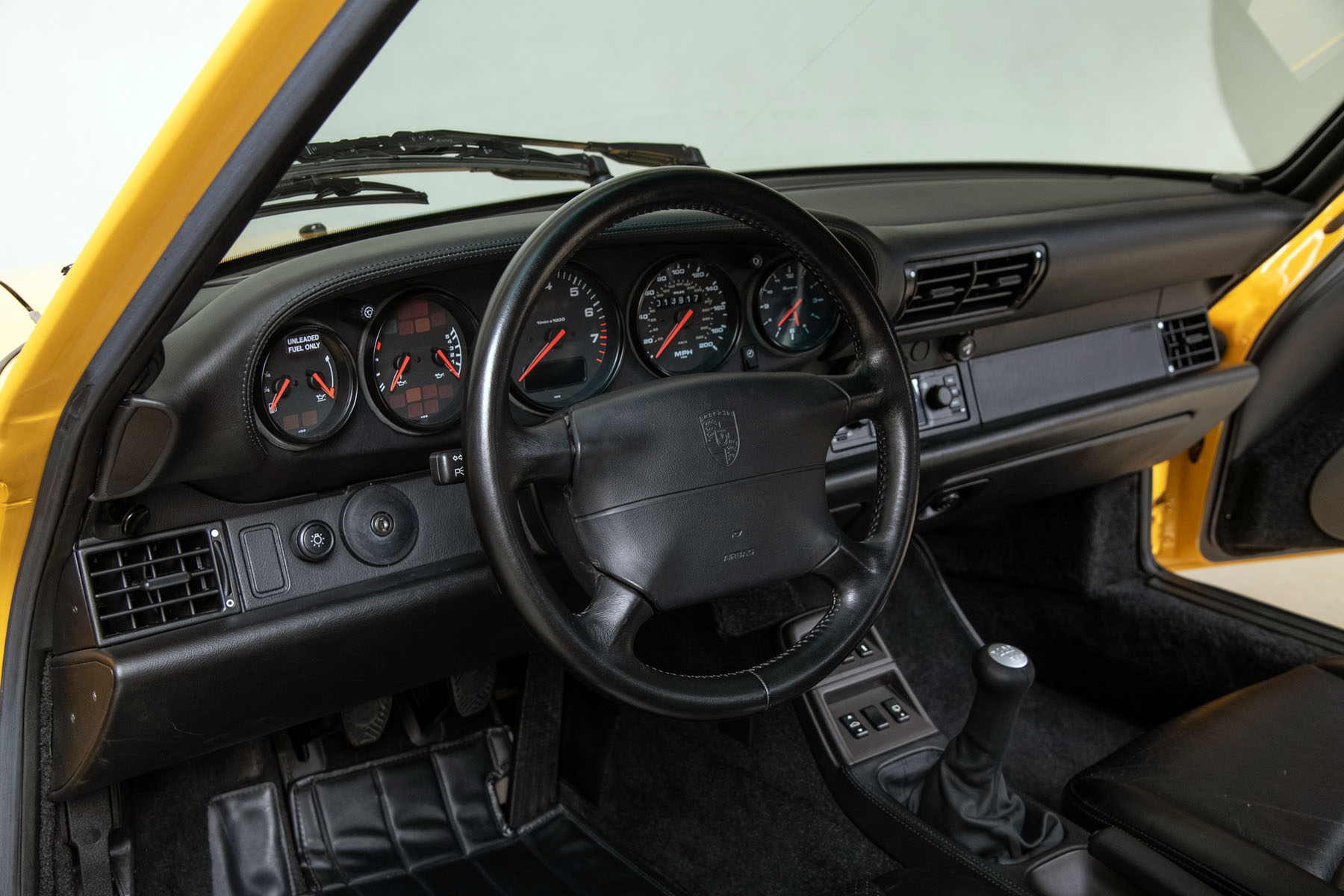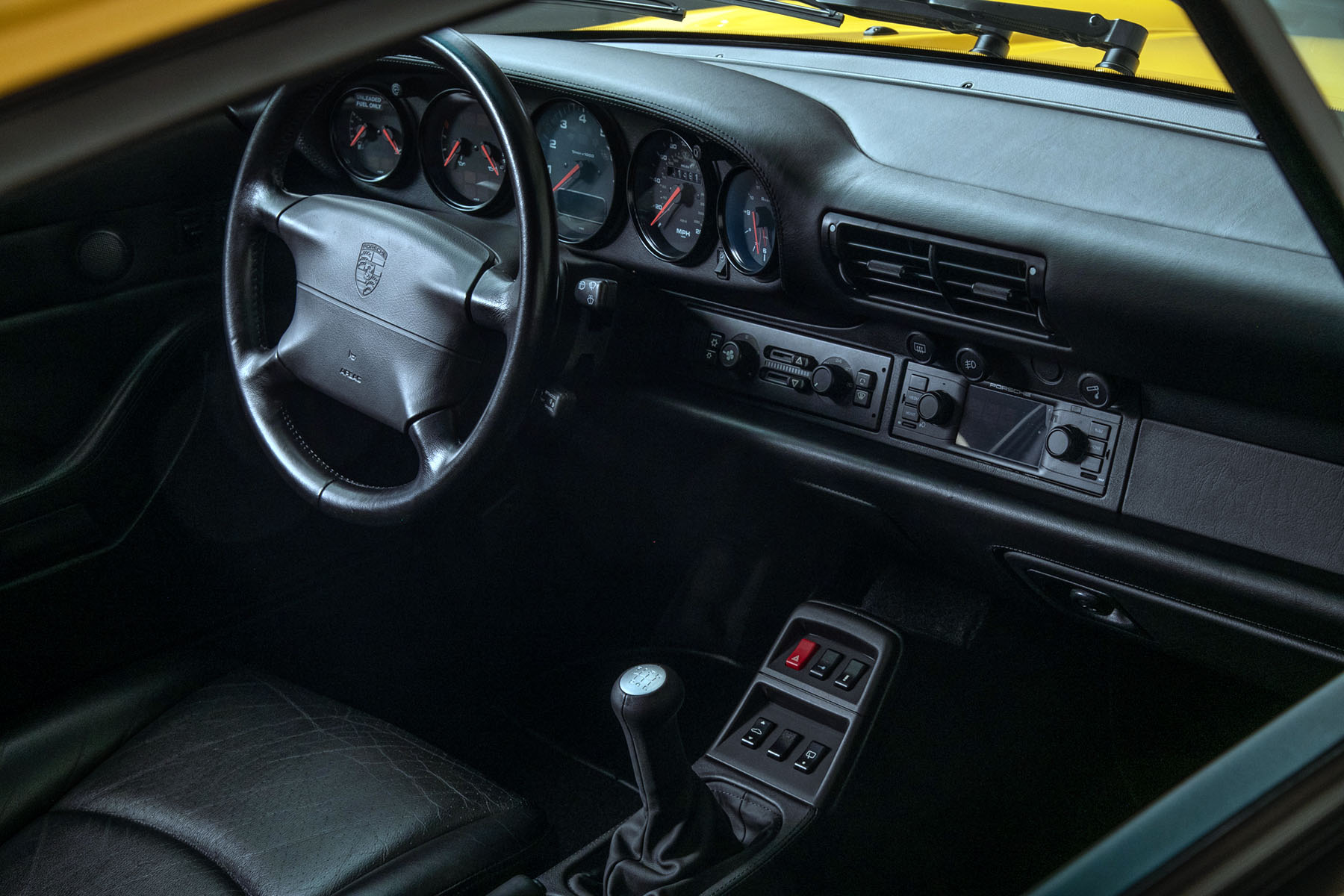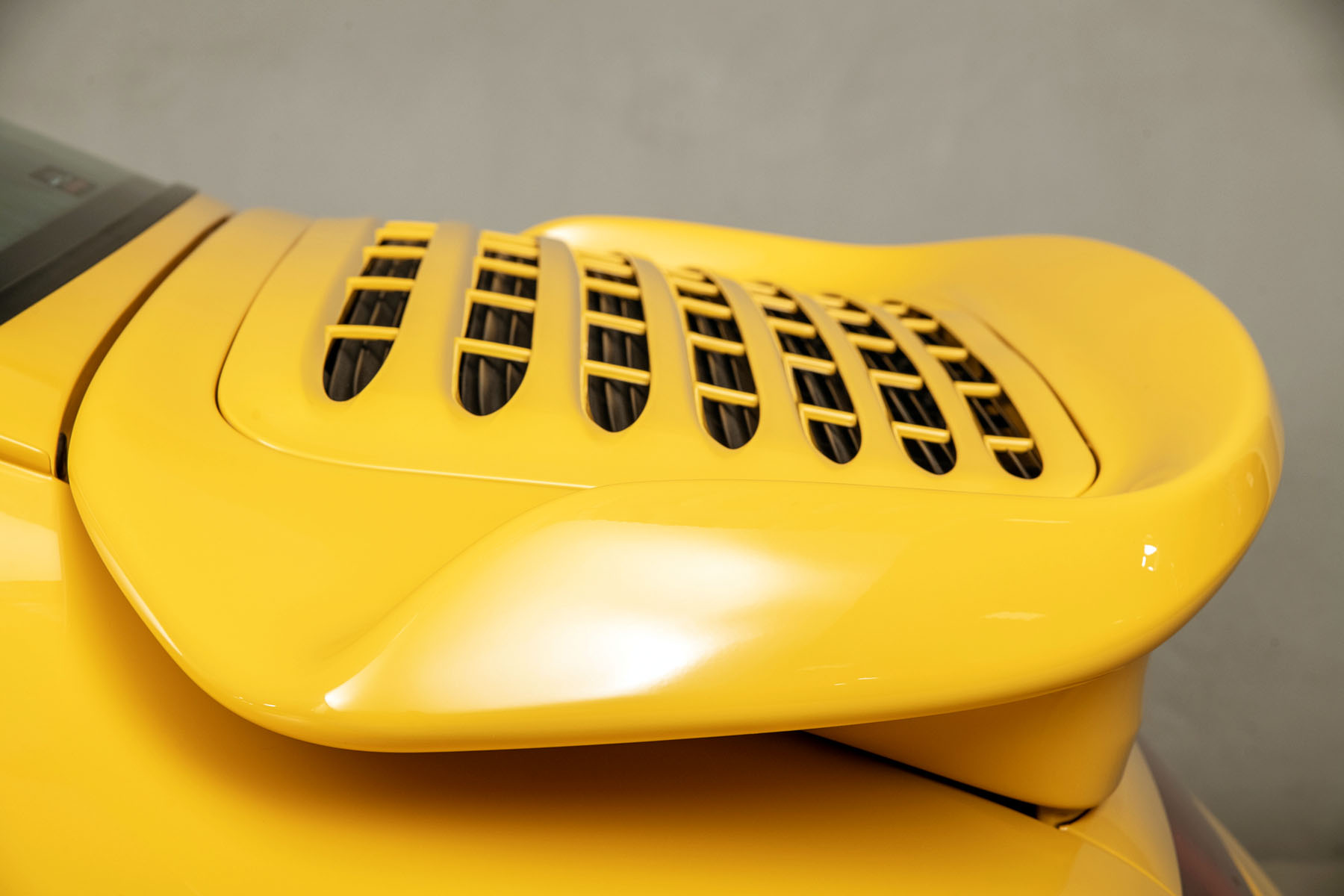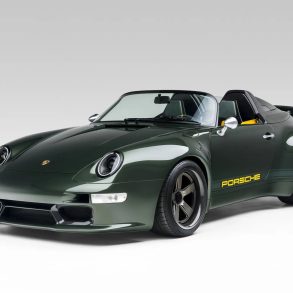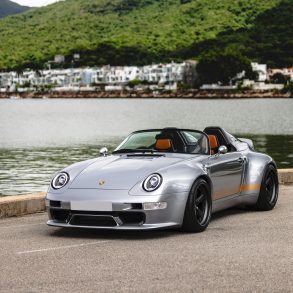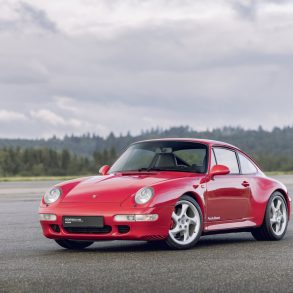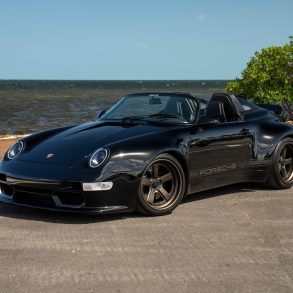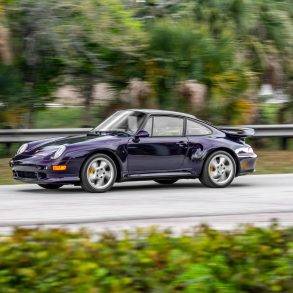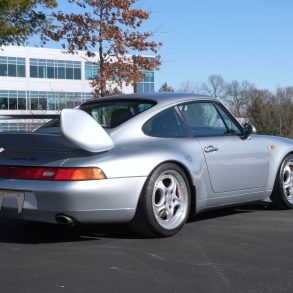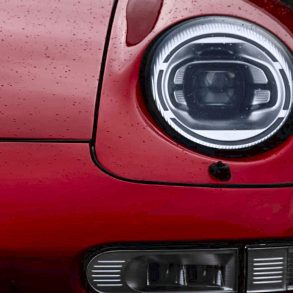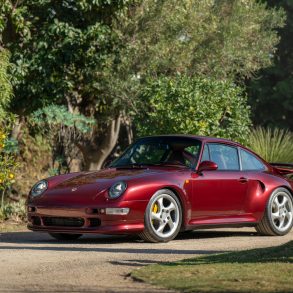The Porsche 911, the undisputed king of sports car evolution, has continued to be transformed since its 1963 debut. One significant chapter came in 1995 with the introduction of the 993 model – the final iteration of the air-cooled 911 series. The 993 epitomized Porsche’s engineering capabilities, integrating the classic air-cooled flat-6 powerplant, esteemed for its raw performance and character, with significant advancements in suspension, aerodynamics, and styling. Ultimately, the 993 stood as the final tribute to Porsche’s air-cooled heritage, preceding the move to water-cooled engines in 1997, marking a new era for Porsche.
Handling
Introduced in mid-1995 as a 1996, the Porsche 911 model 993 represented a pivotal stage in the evolution of Porsche’s iconic sports car, unveiling a host of technological enhancements and design changes. A newly engineered multi-link rear suspension system was one of the most significant advancements. This enhancement was responsible for dramatically improving ride quality, cornering stability, and overall handling, delivering unprecedented comfort and control in a 911 model.
Car and Driver magazine wrote, “The multi-link rear suspension offers unparalleled road stability. The 993 corners as if on rails, carrying an athleticism previously unseen in the 911 series.” The handling was a highlight, with the revised suspension earning praise for improving the 911’s driving dynamics.
Styling
In addition to the revamped suspension, the 993’s exterior underwent a substantial transformation. The traditional 911 lines were refined with a more aerodynamic profile, the car’s bodywork became more integrated, and the wheel arches were broadened to accommodate a wider track, enhancing grip and stability. While some thought the 993’s looked to be a bit “bulbous,” most thought it looked more streamlined due to the integrated bodywork and broader wheel arches.
Power
The 993 model also saw a technological leap under the hood, especially in the Turbo version. Standard twin-turbochargers delivered significant power boosts, while an air-to-air intercooler improved engine efficiency and performance. Road & Track praised the 993’s turbocharged performance: “With standard twin-turbos in the Turbo model, the 993 roars with an unrestrained power that remains smoothly controllable. It’s the embodiment of Porsche’s engineering prowess.”
Interior
The model’s interior was not overlooked in the redesign. The 993 debuted a redefined cabin space with superior ergonomics, more comfortable seating, and higher-quality materials. Additionally, Porsche introduced an optional all-wheel drive system, enhancing the 911’s performance by providing increased traction and stability under varying driving conditions. Autoweek noted the superior ergonomics and the improved cabin: “The 993’s cabin offers an unprecedented level of comfort in the 911 lineage. The seating has been redesigned for greater support, and the controls are more intuitively placed.”
Conclusion
Looking back at the Porsche 993 Turbo to later generations (996, 991, and 992), a recurring theme surfaces among Porsche enthusiasts; the 993 often emerges as the benchmark for its balance of traditional Porsche heritage and technological advancement.
Hardcore 911 owners often cite that the 993 Turbo delivers a more raw and engaging experience than any of its successors. Its air-cooled engine and analog feeling are elements later models can’t replicate. While the shift to water cooling in the 996 certainly enhanced reliability, that charming air-cooled “charisma” is missing. While the 992 and future generations will continue to offer more performance, comfort and modern styling, the 993 Turbo’s combination of vintage charm and punchy performance holds a unique chapter in Porsche’s history.
All photos © 2023 Canepa with car information HERE


